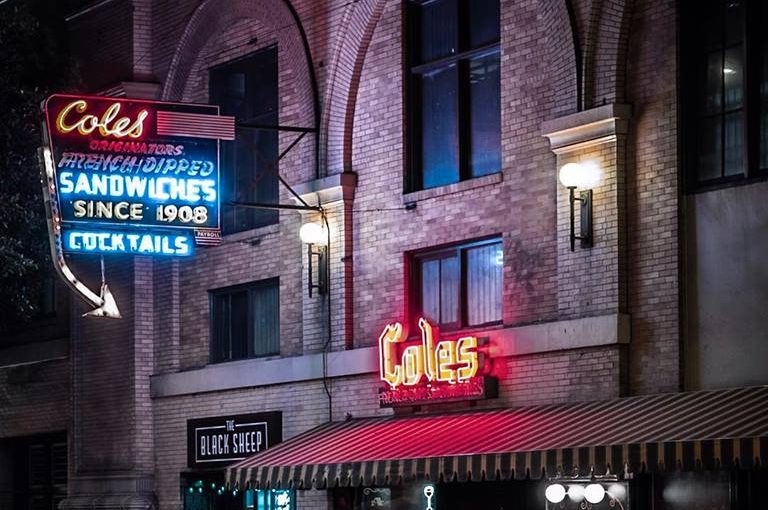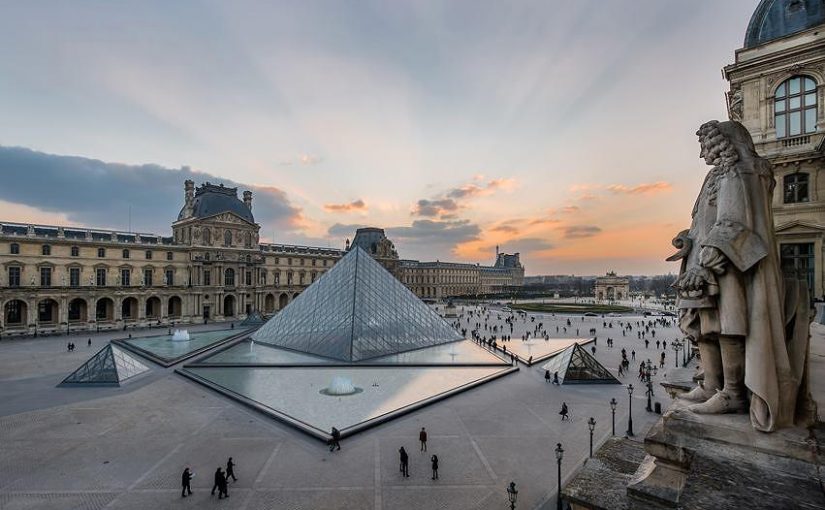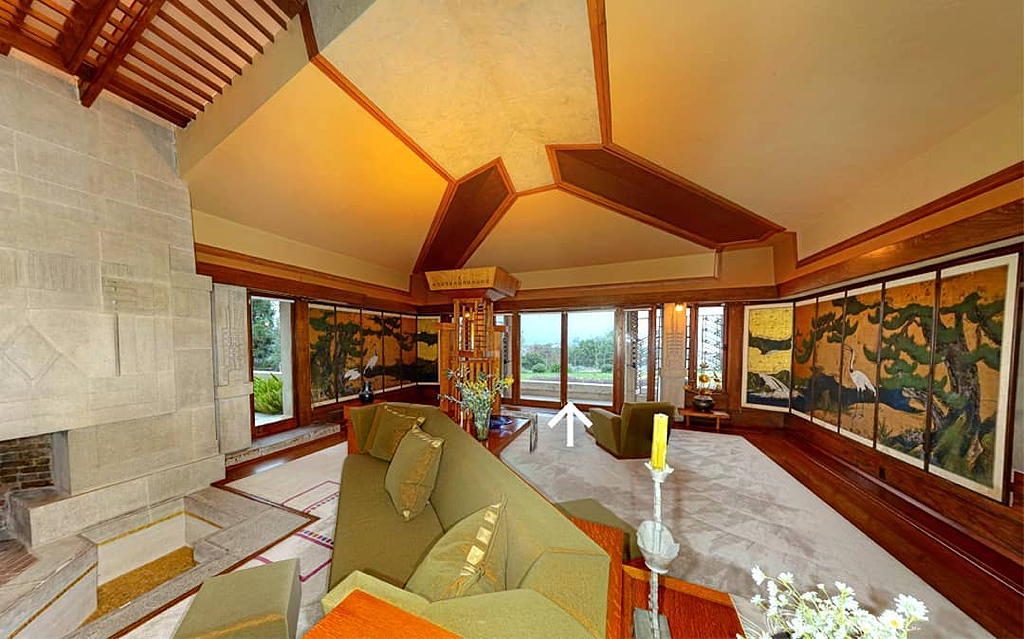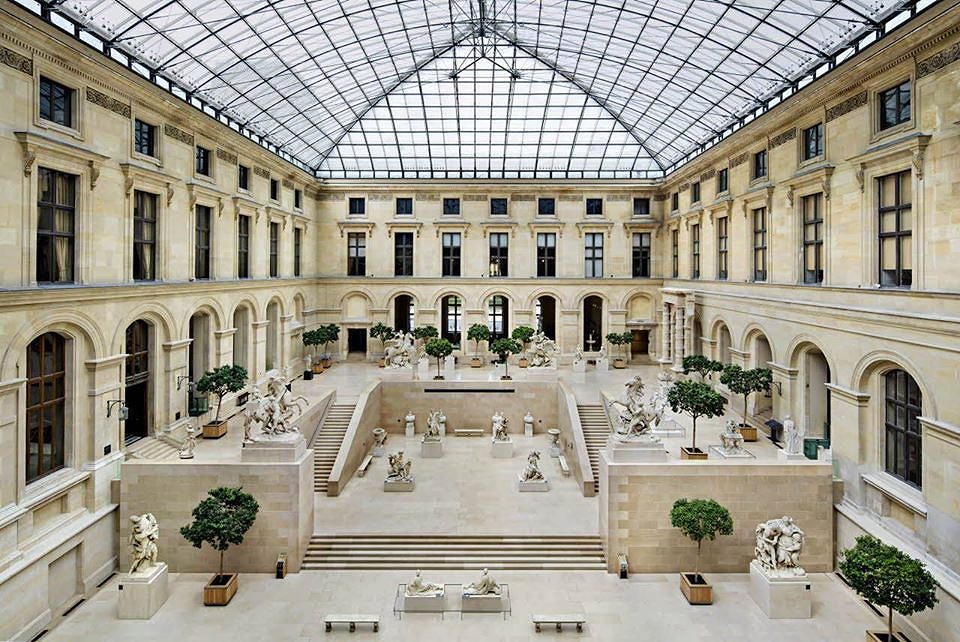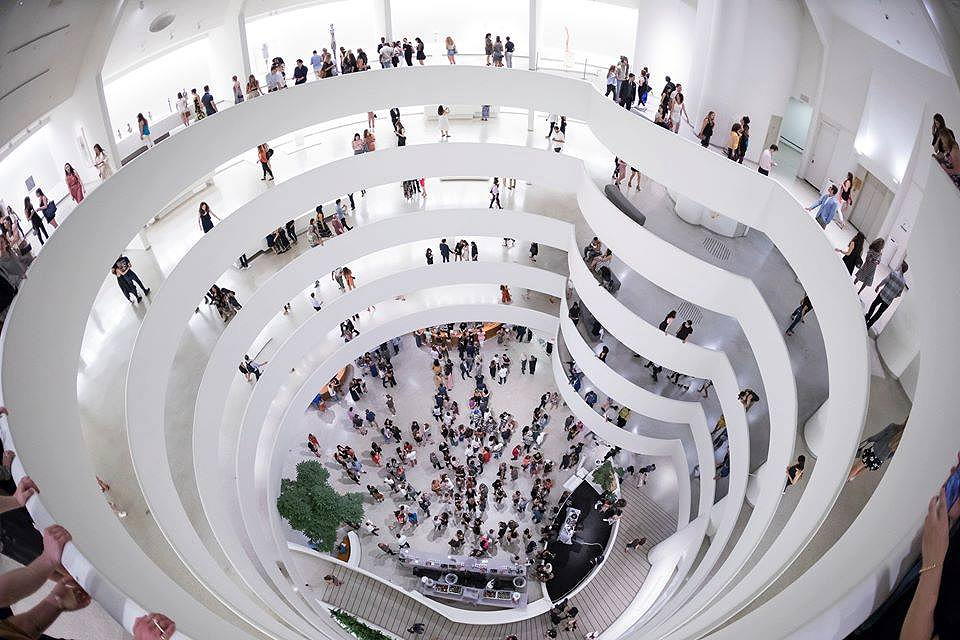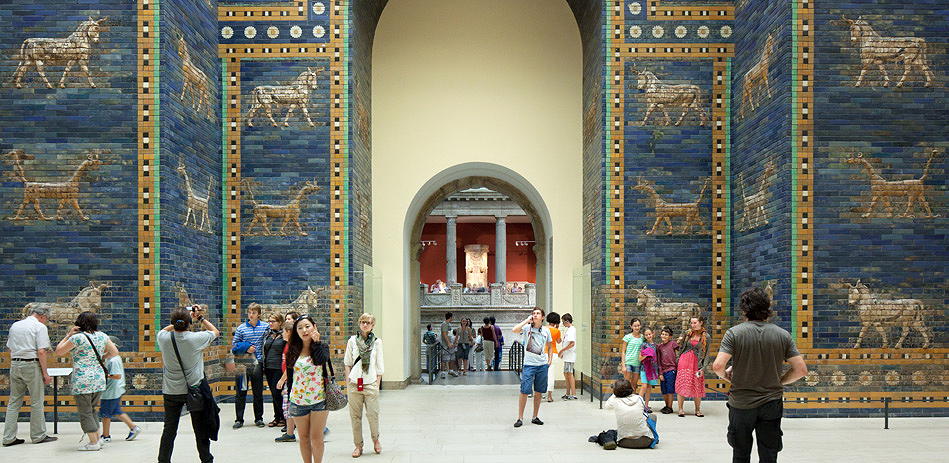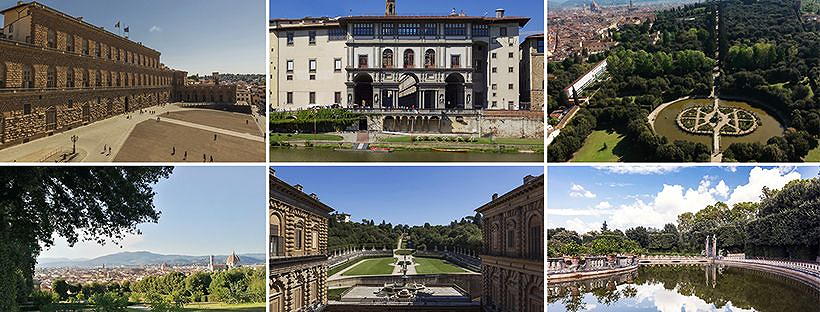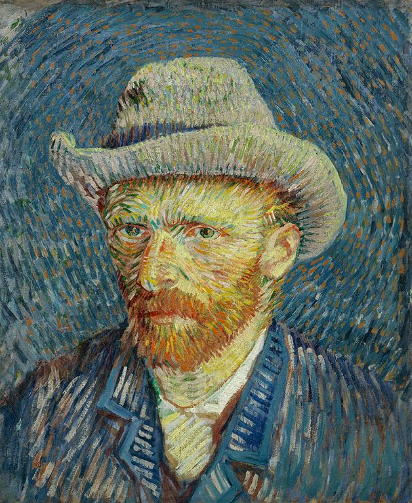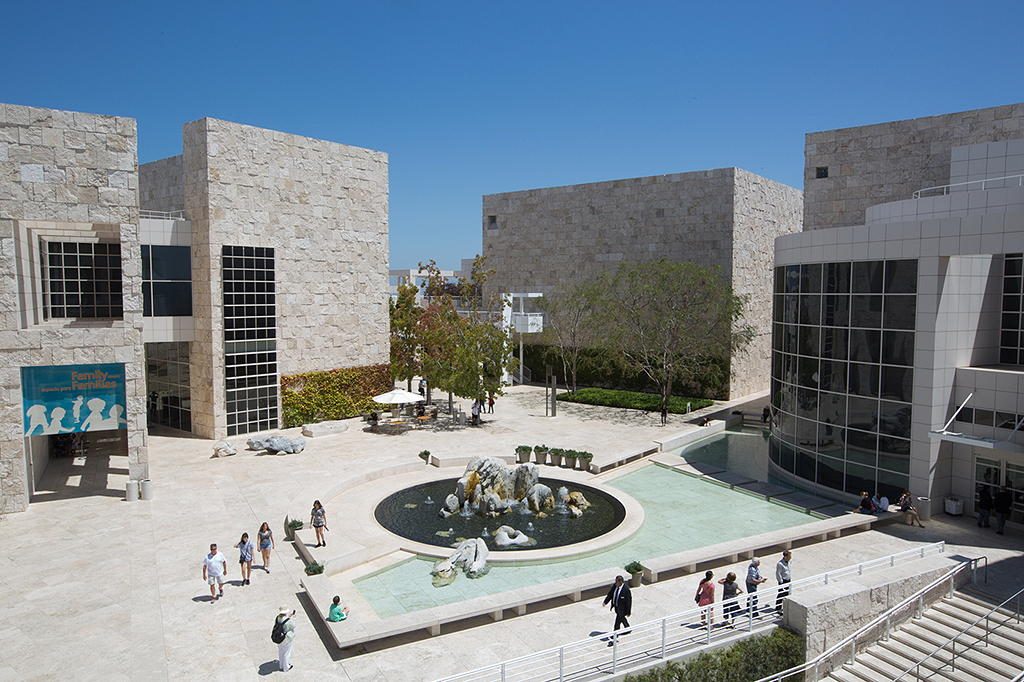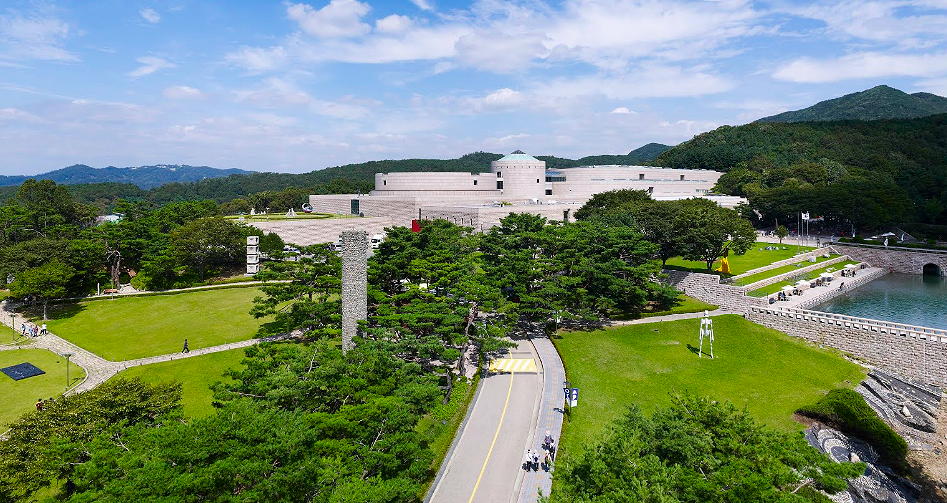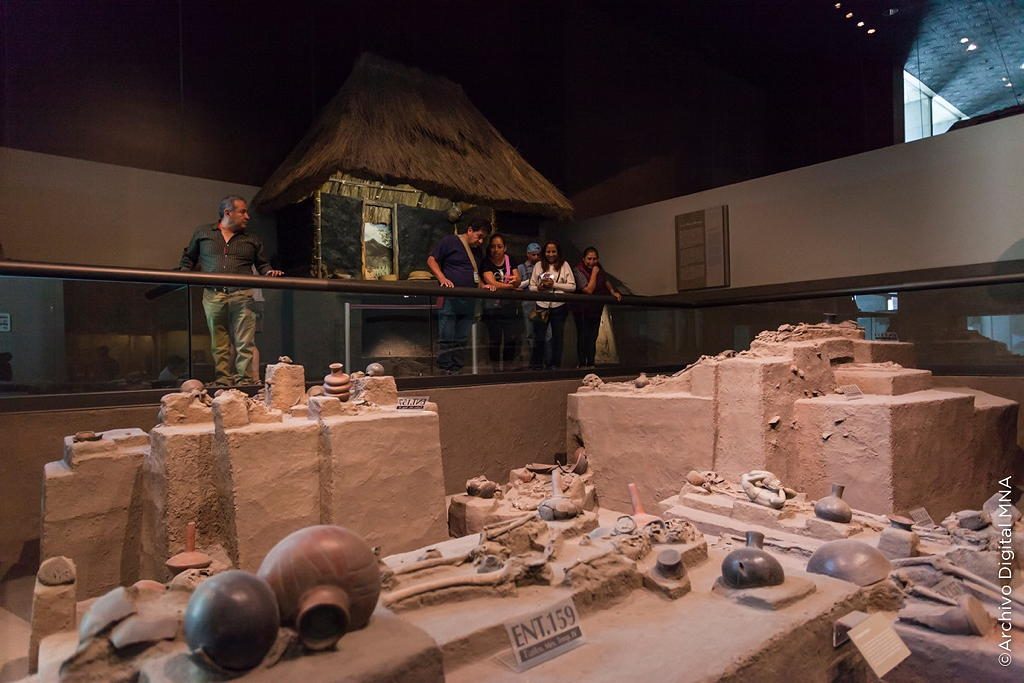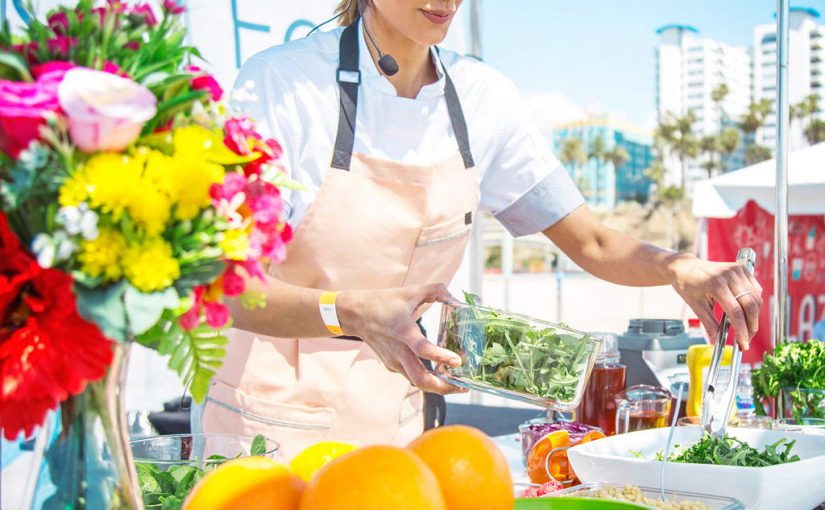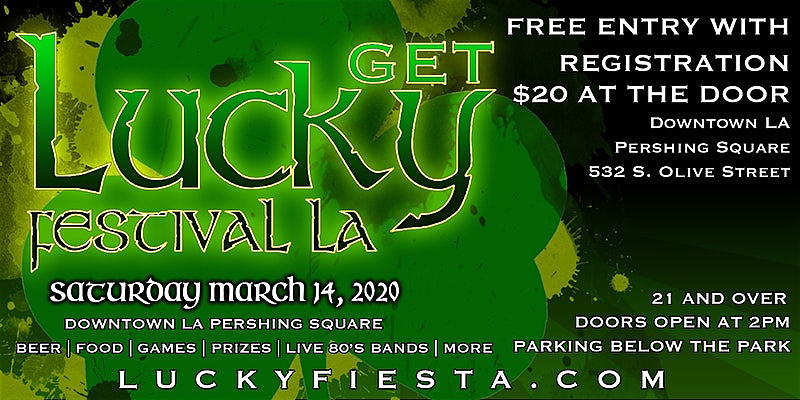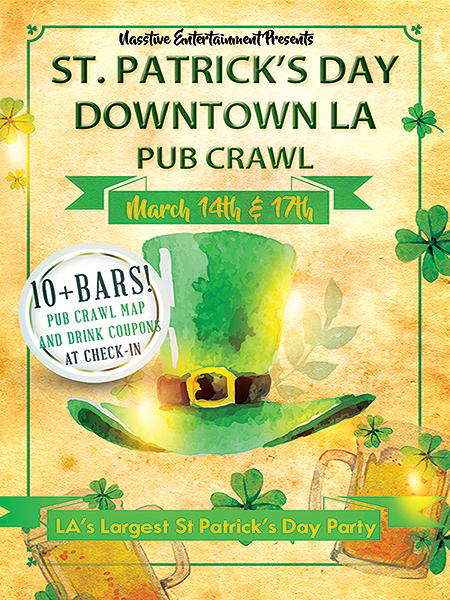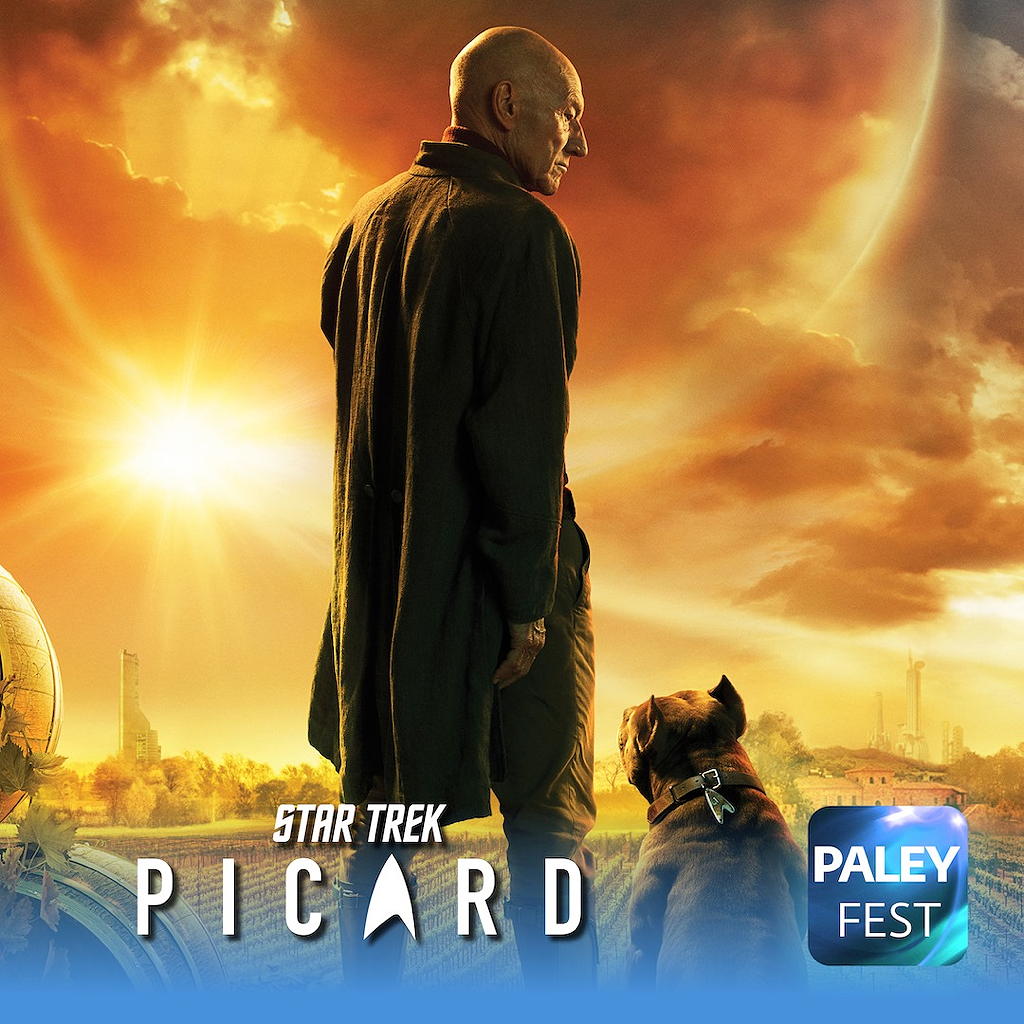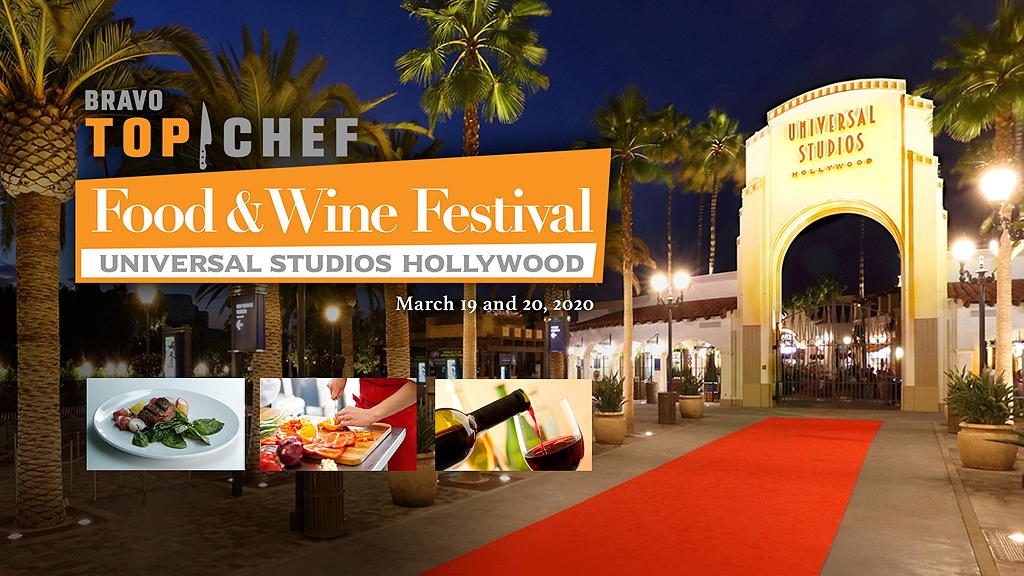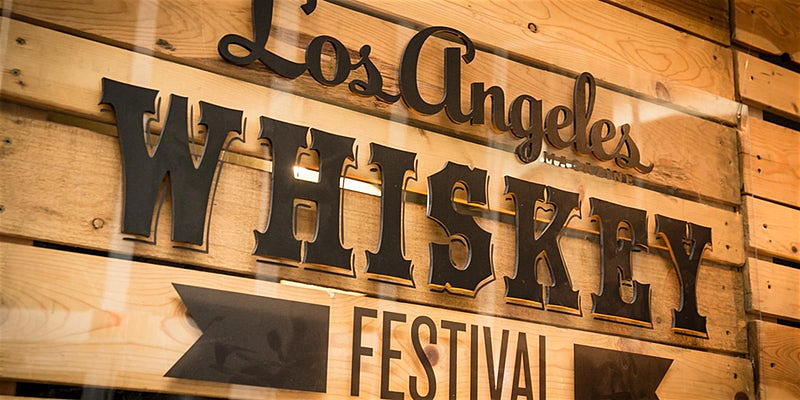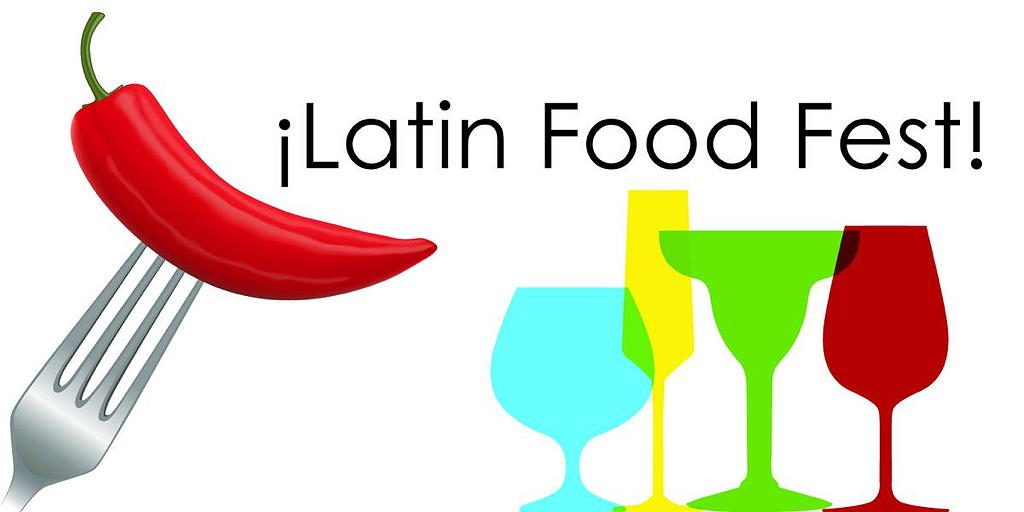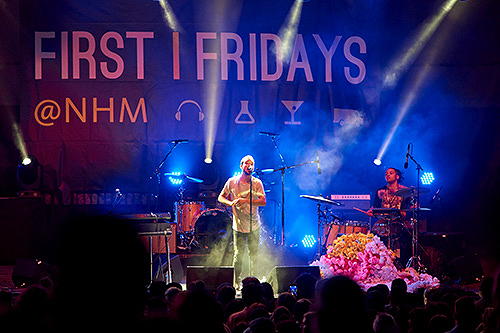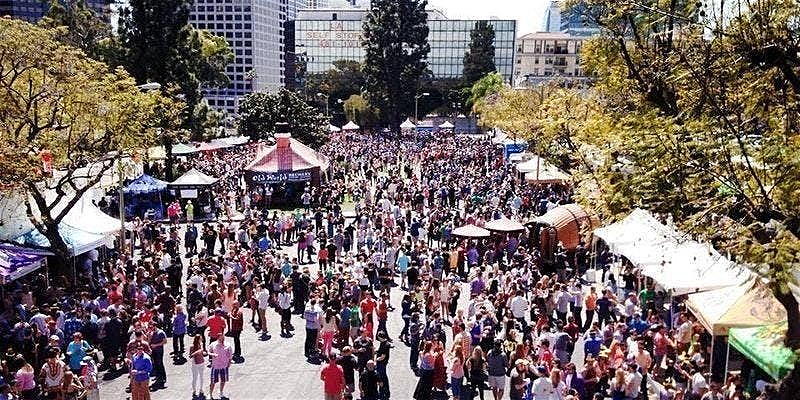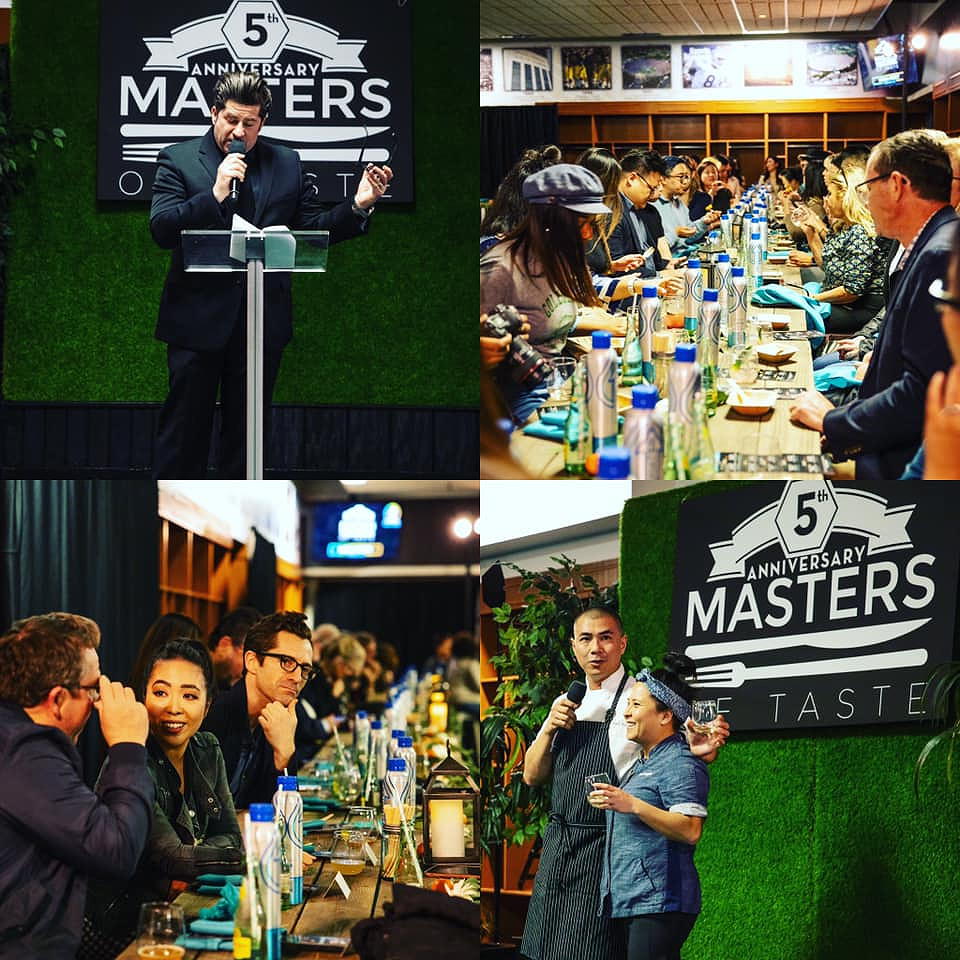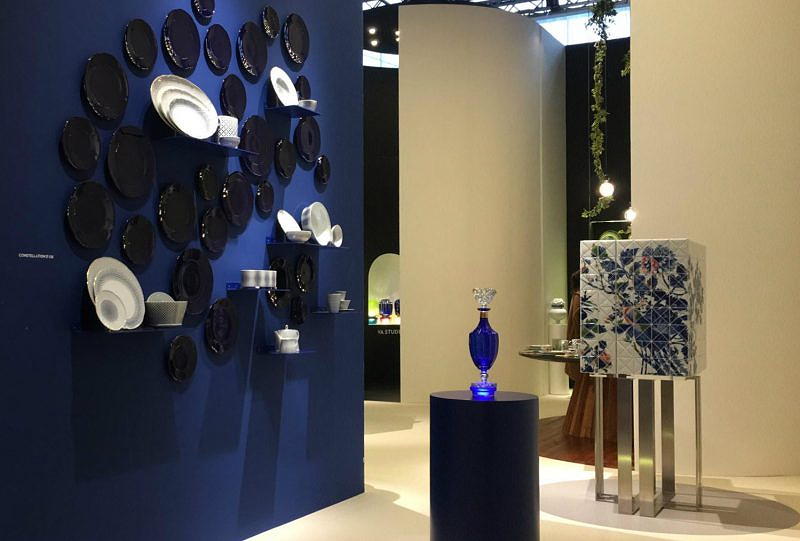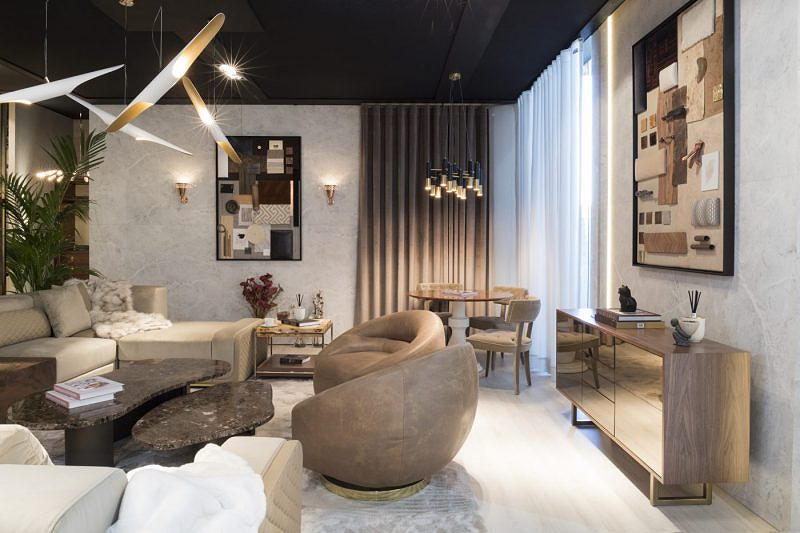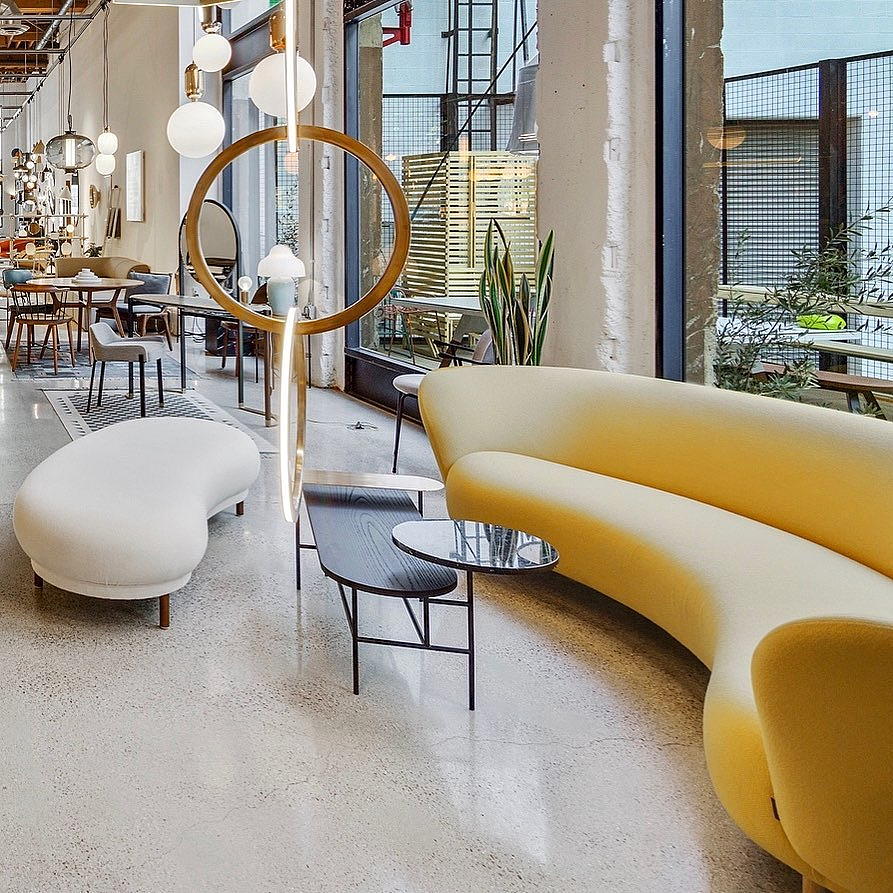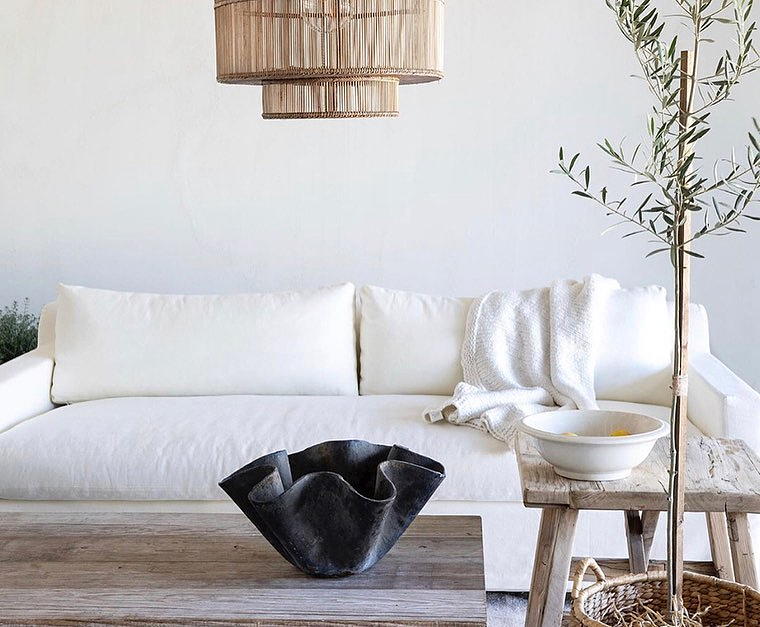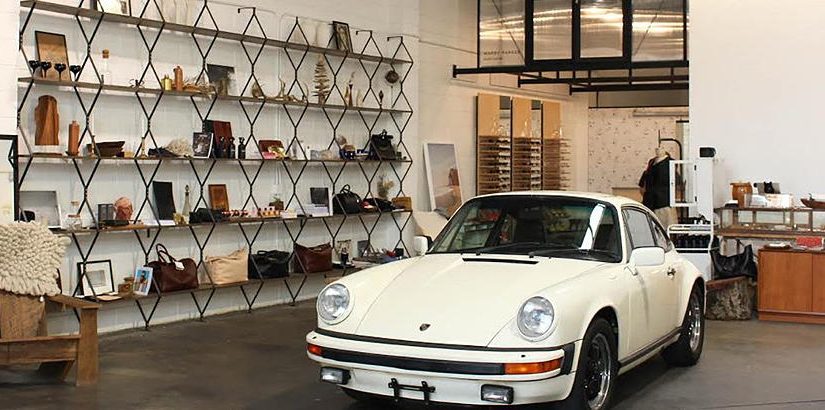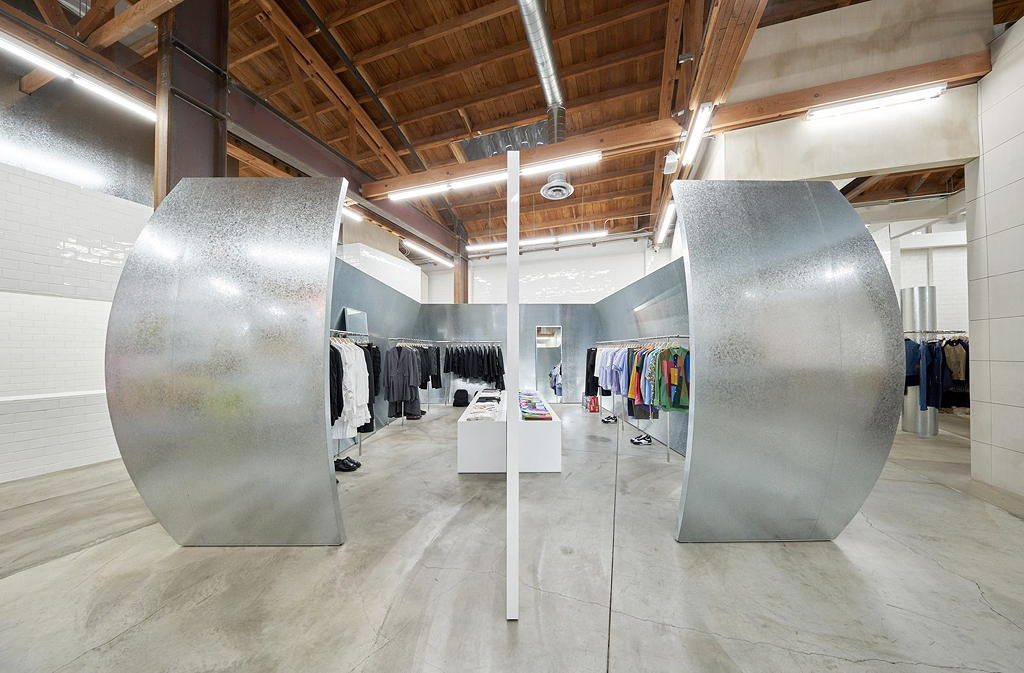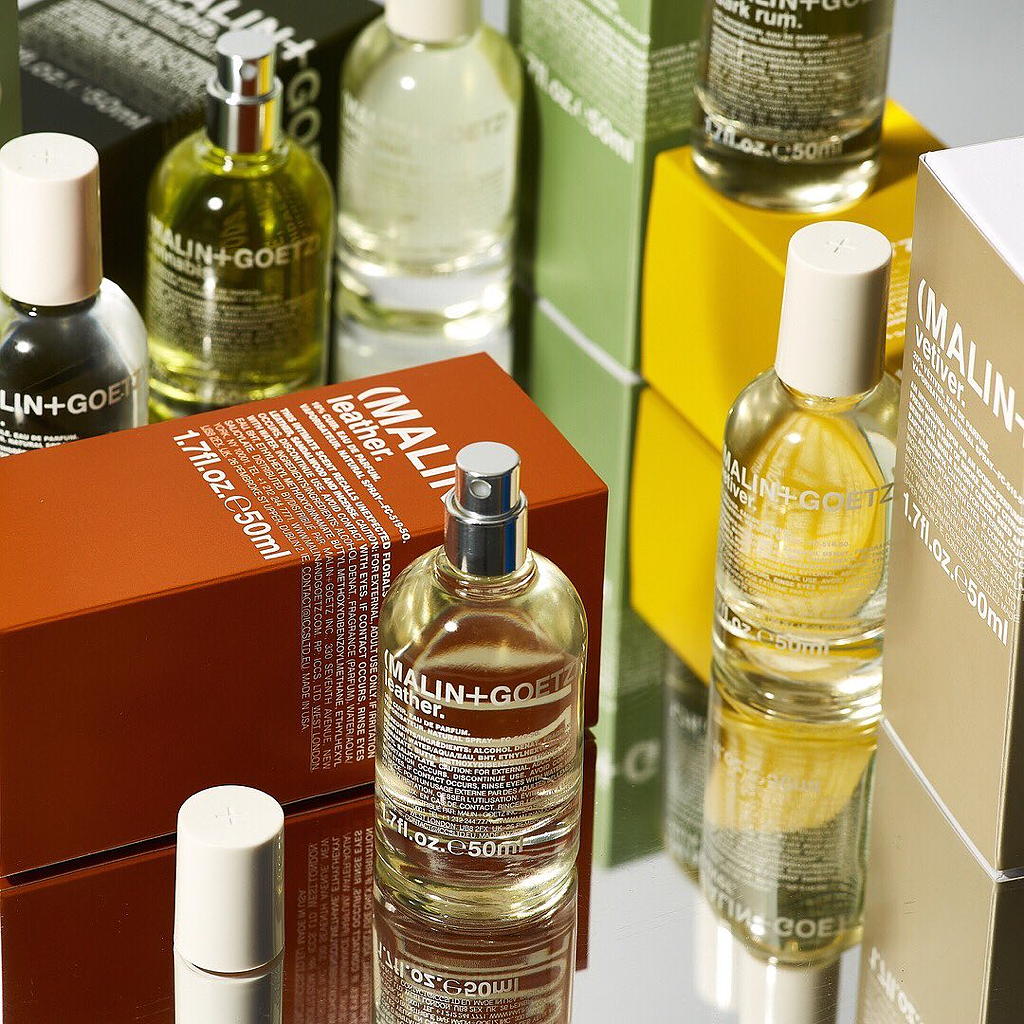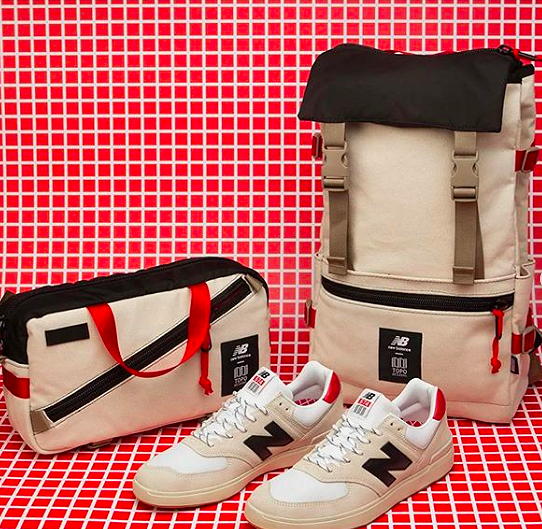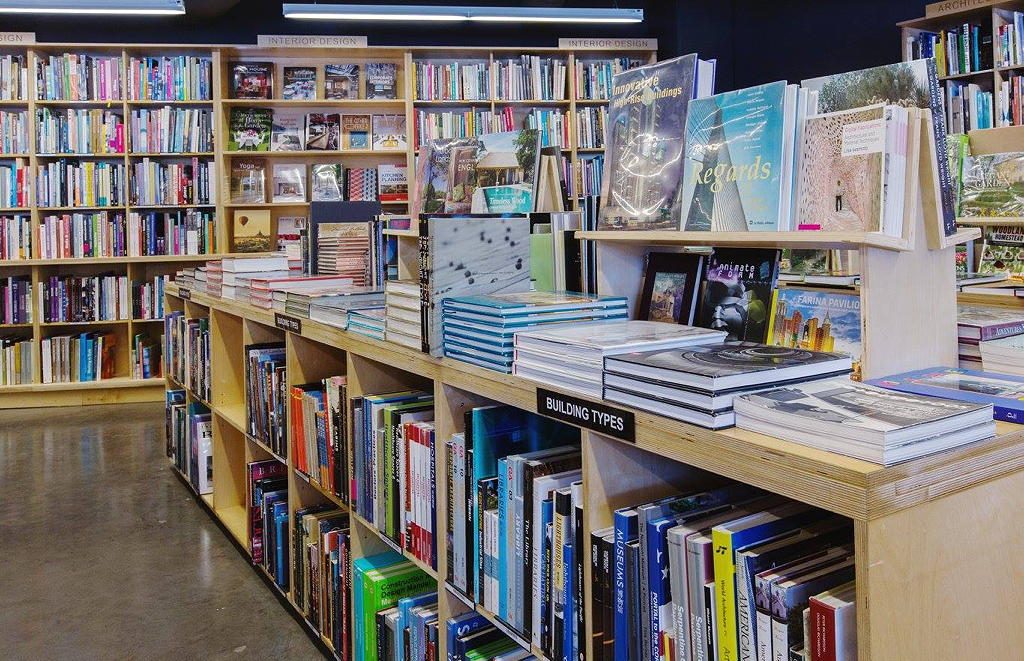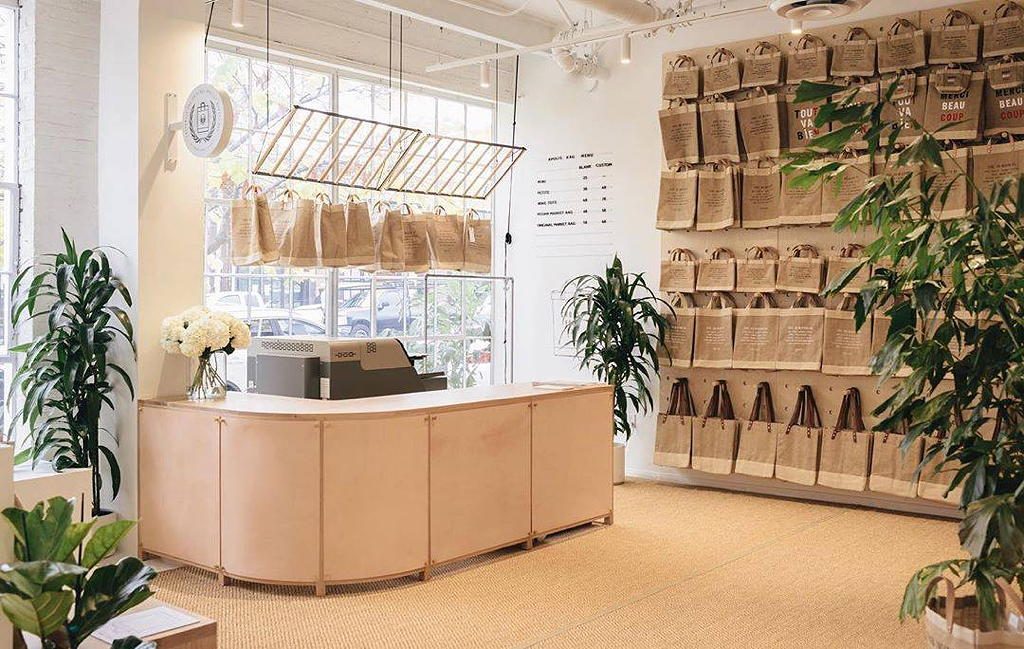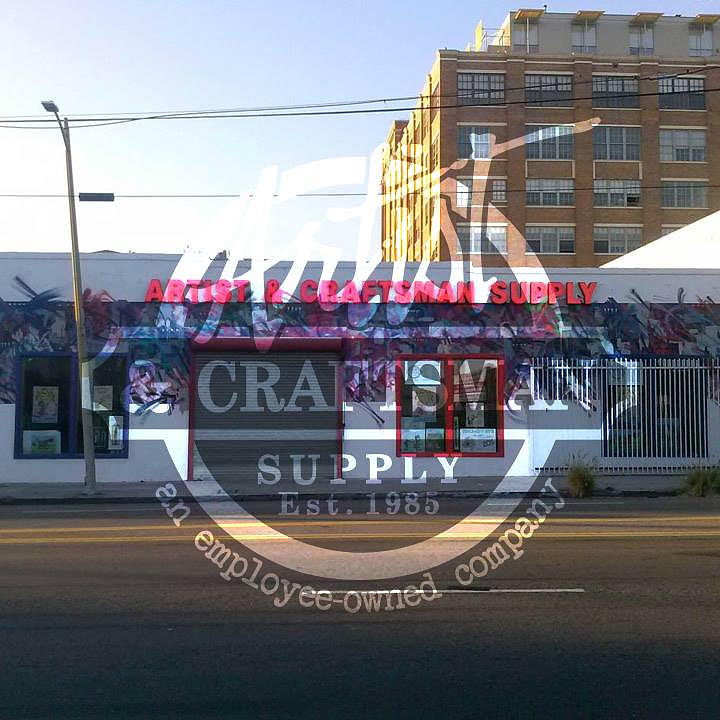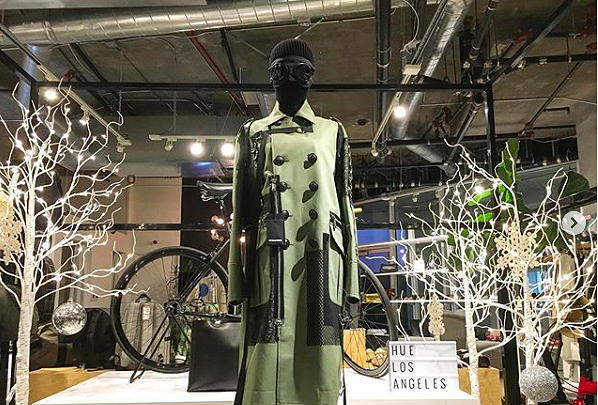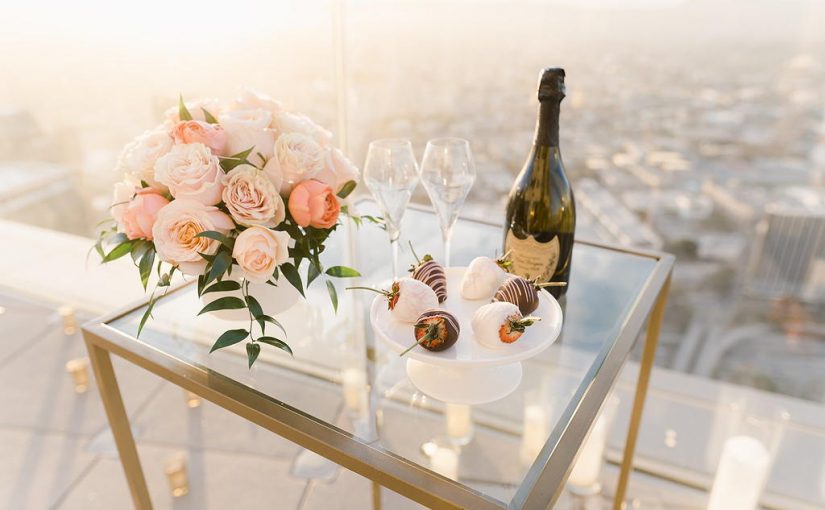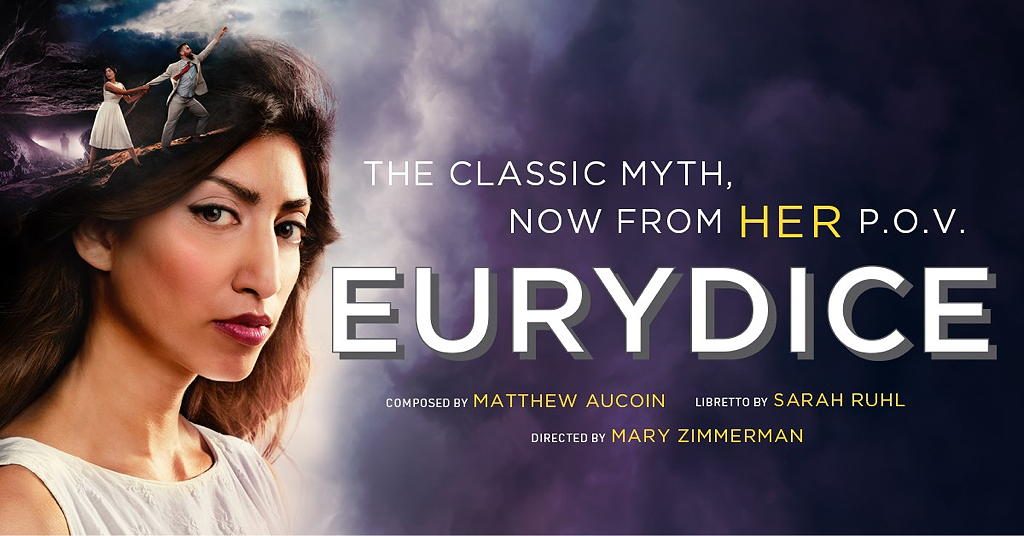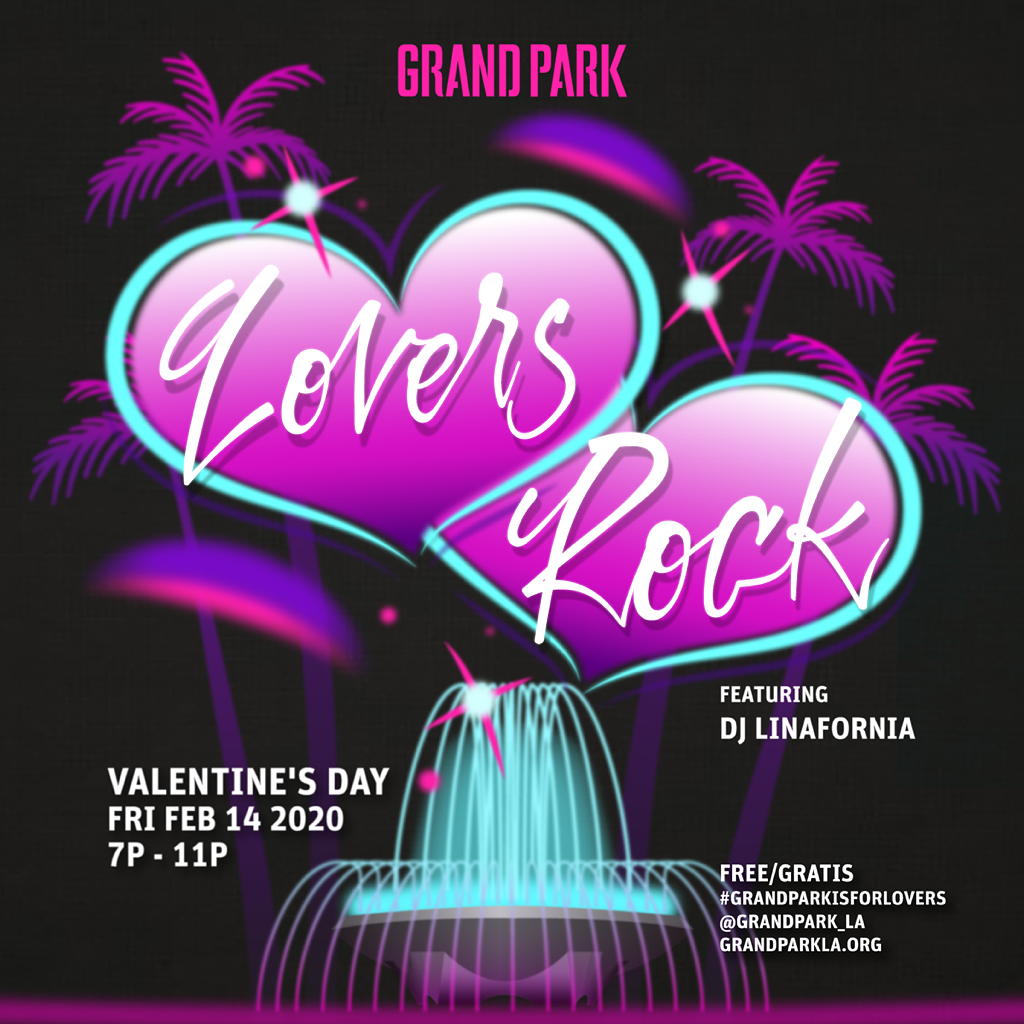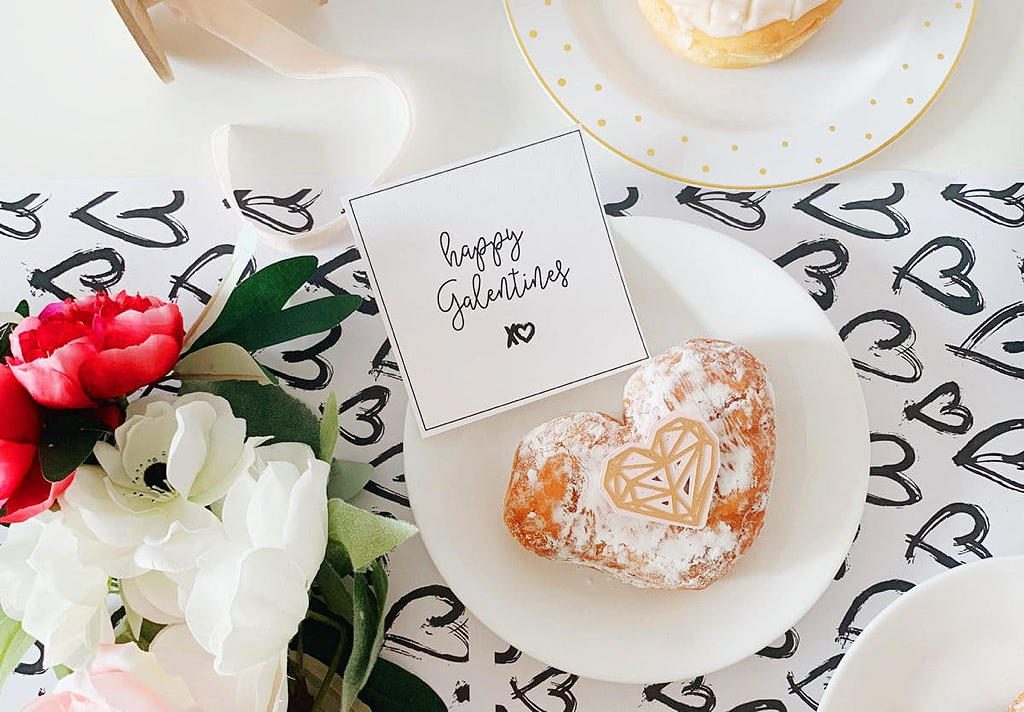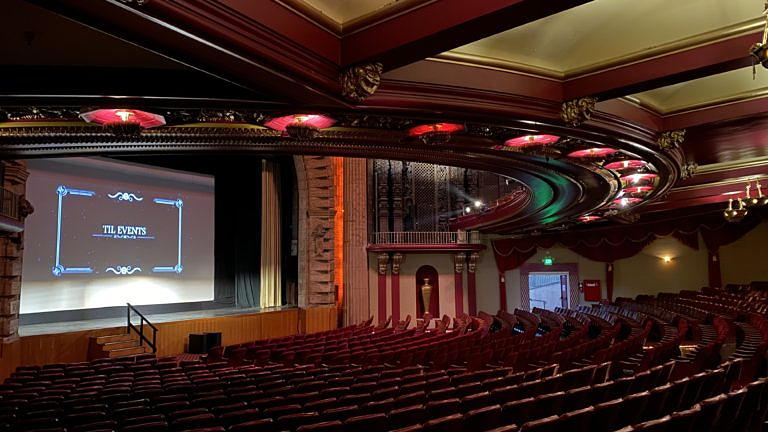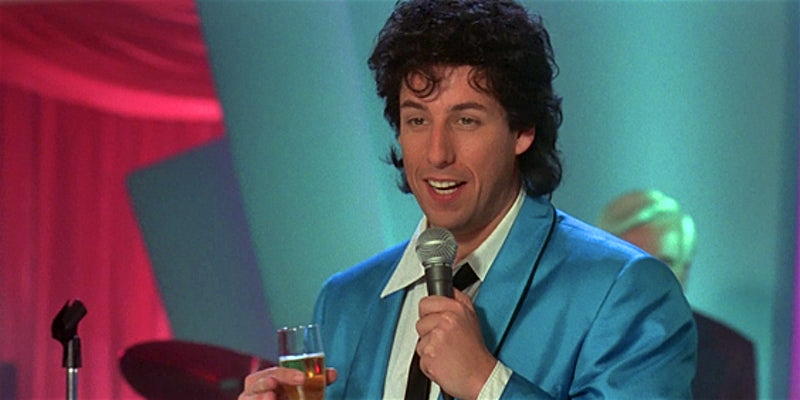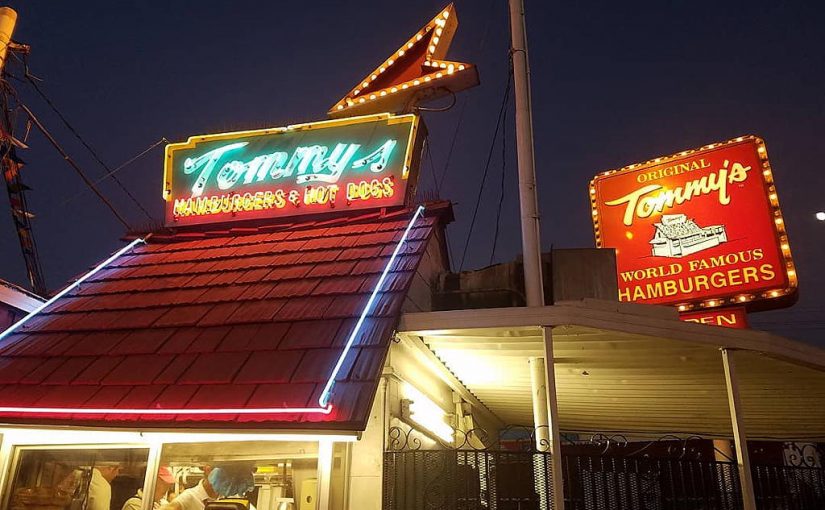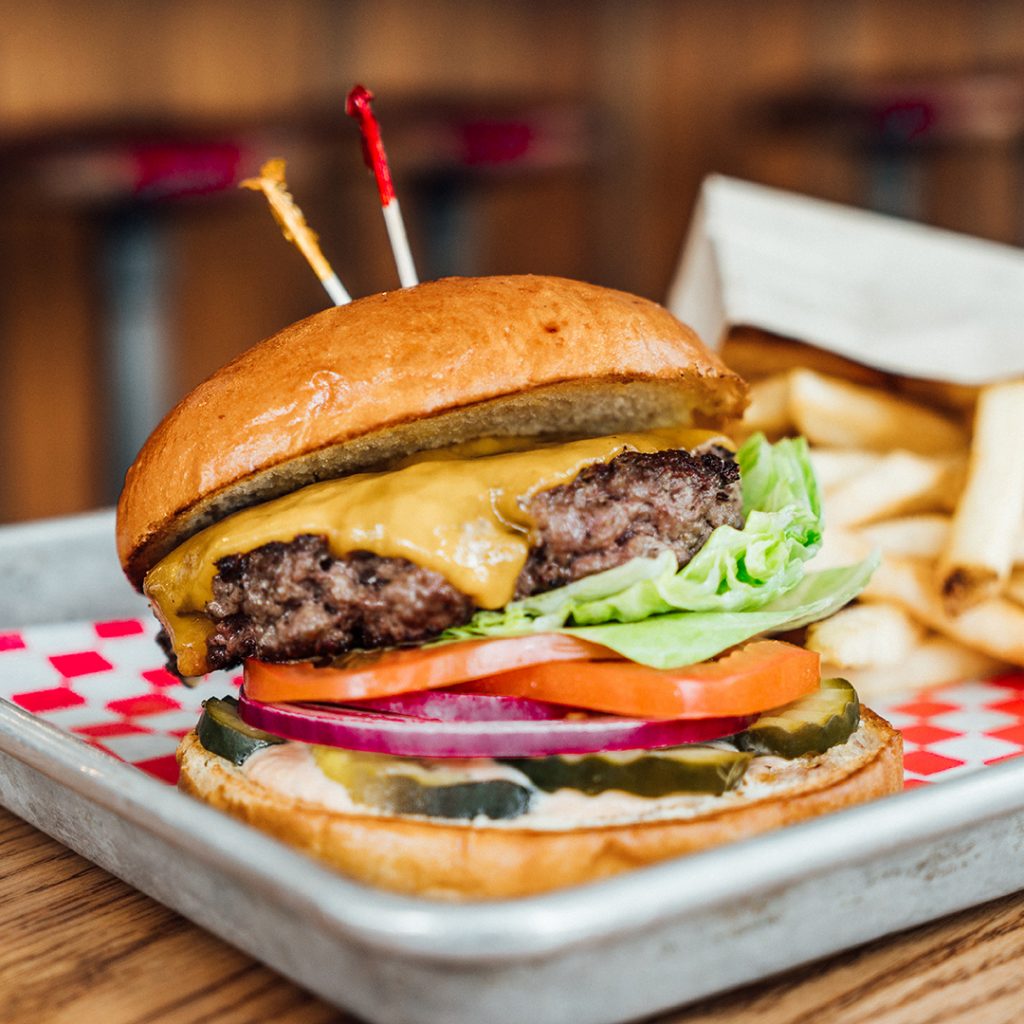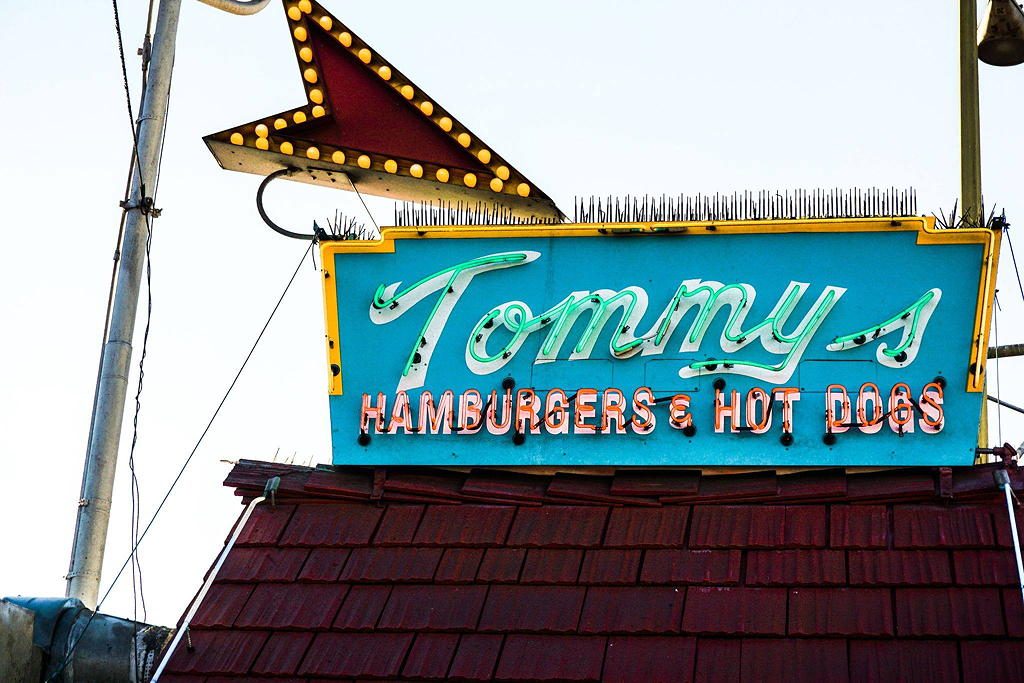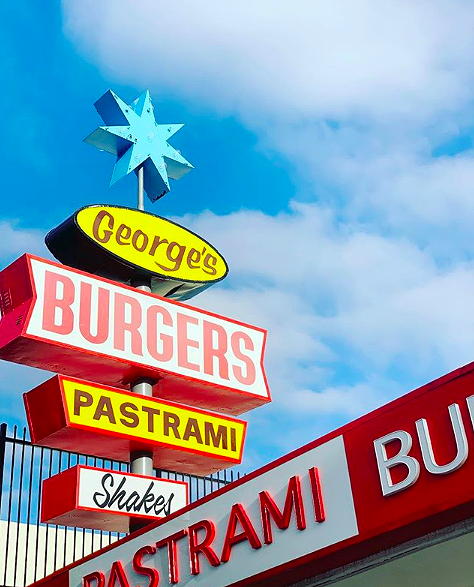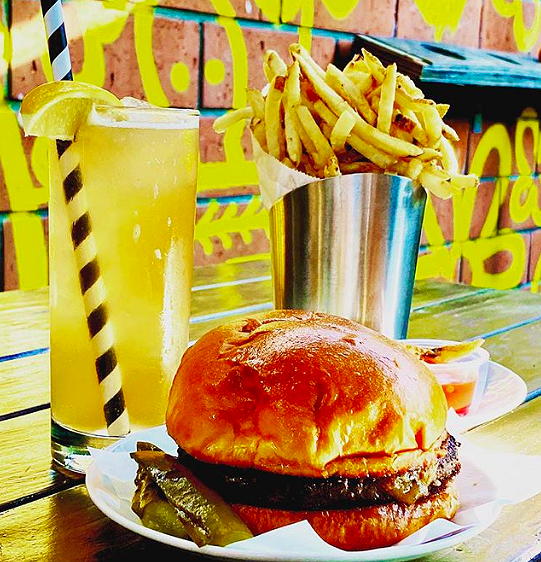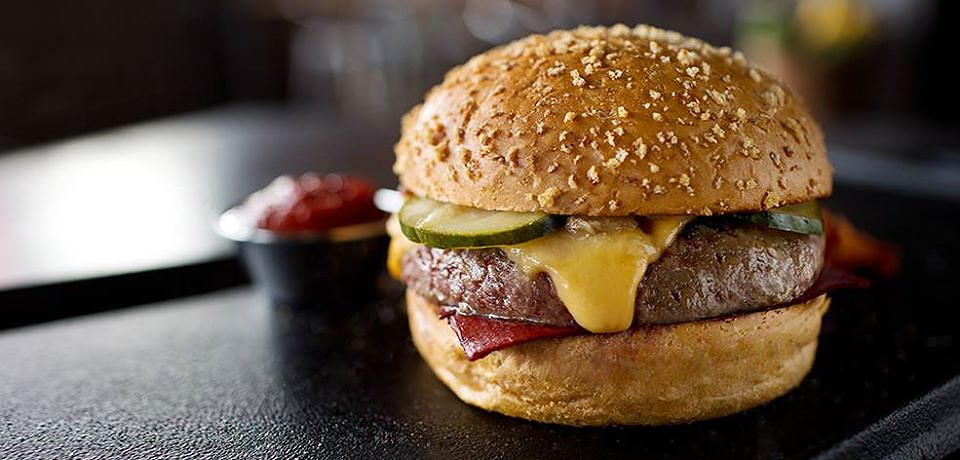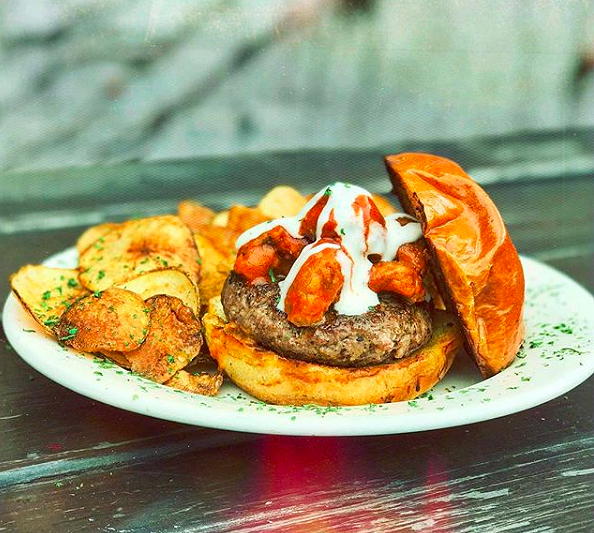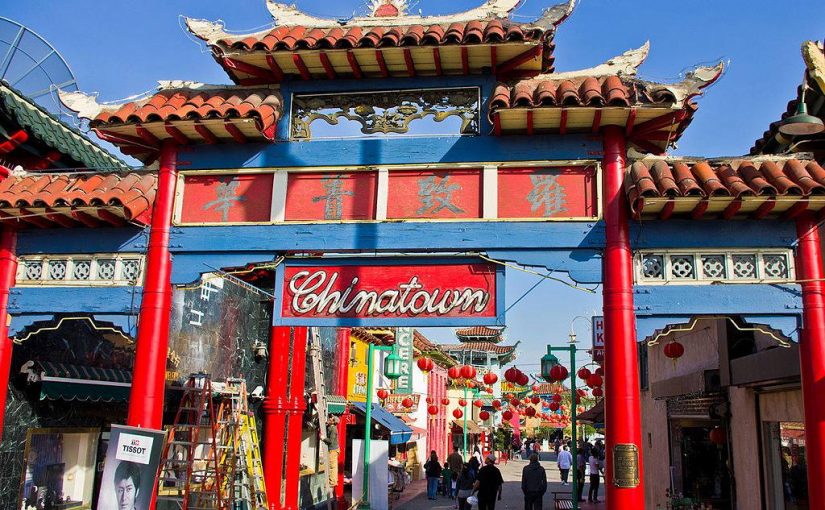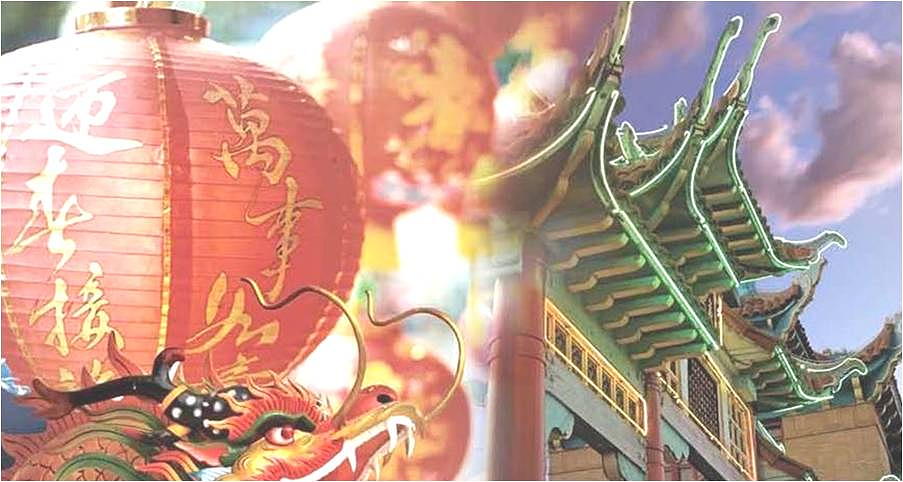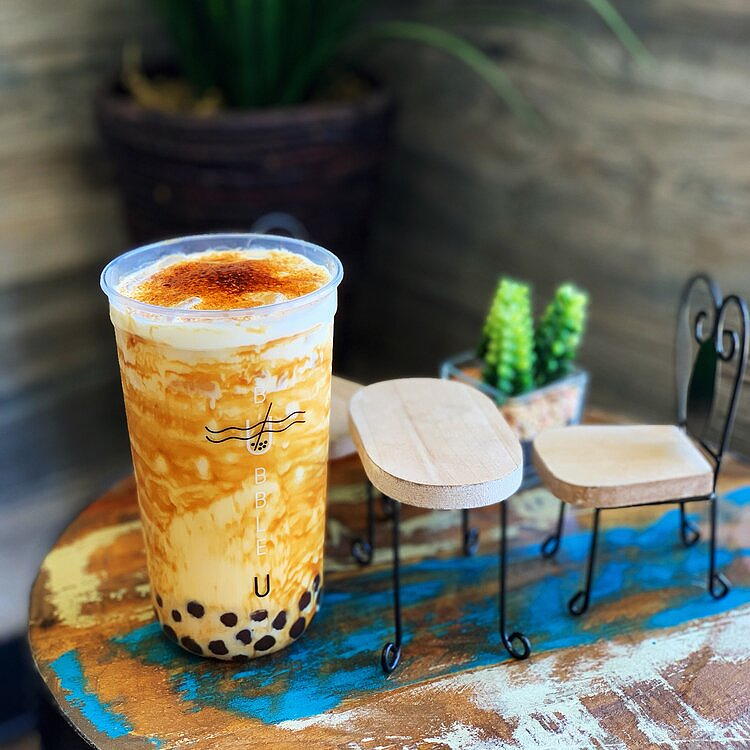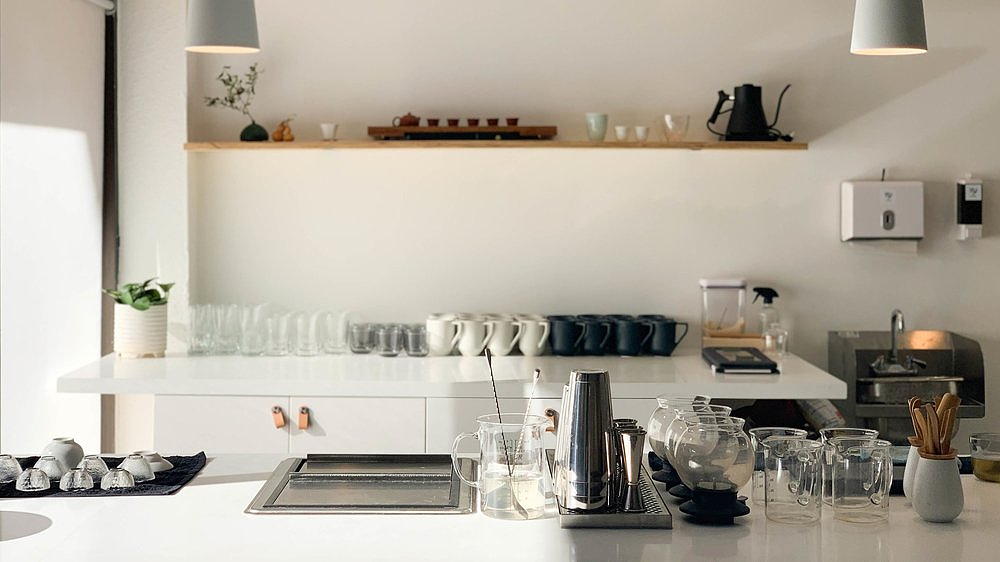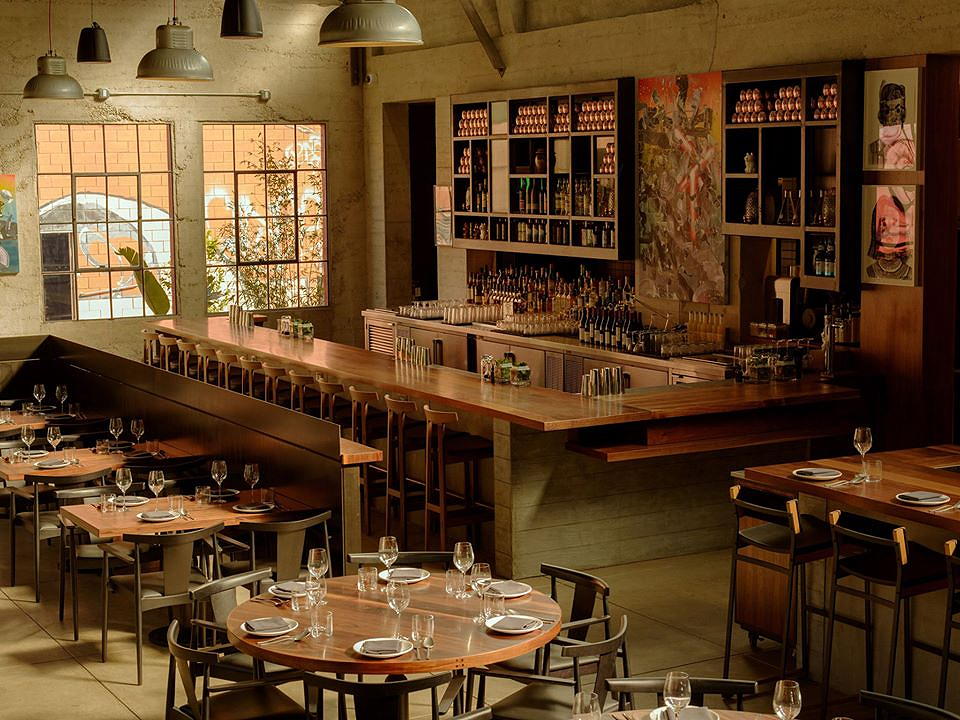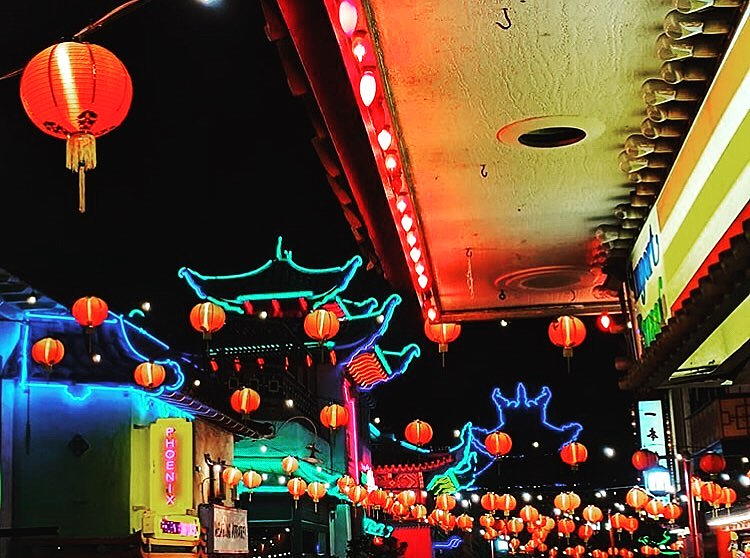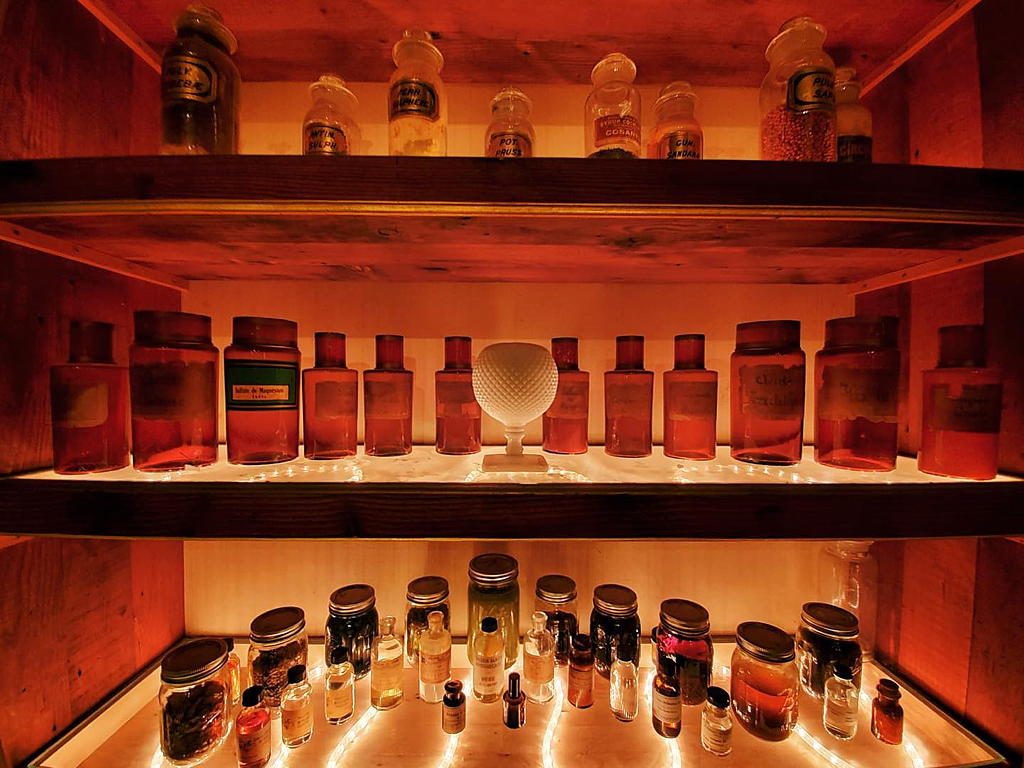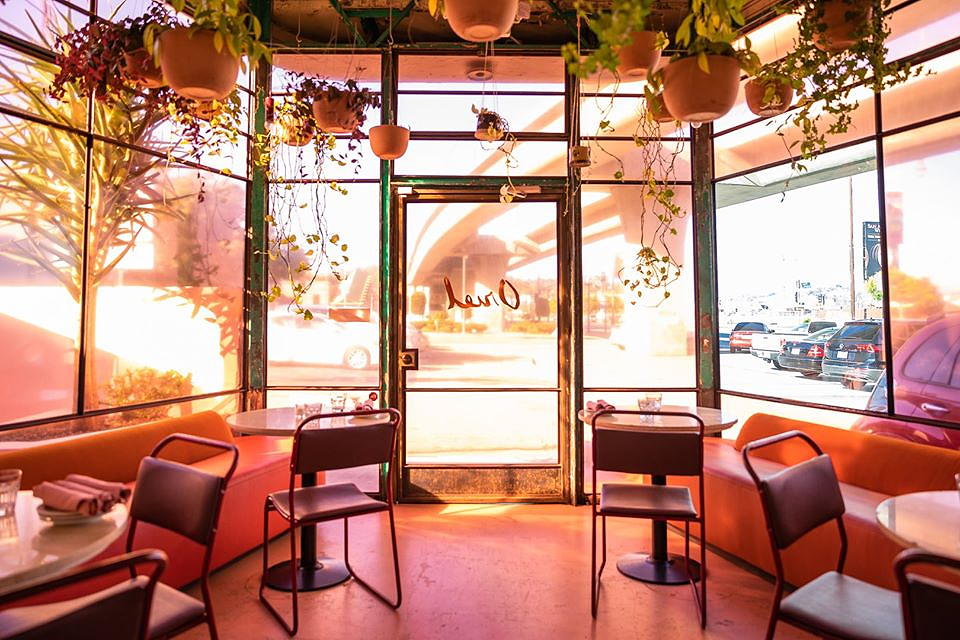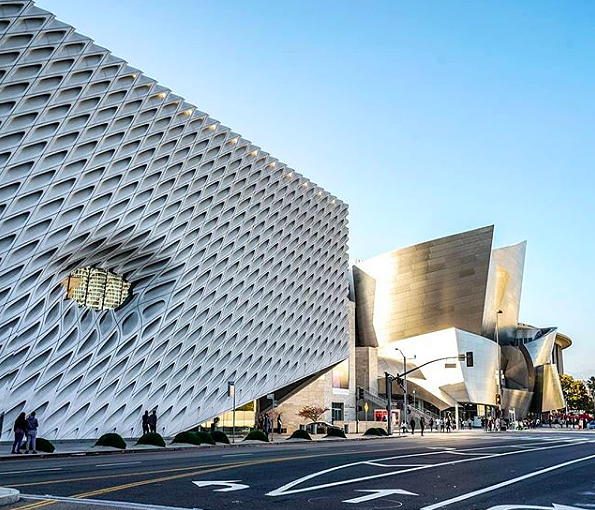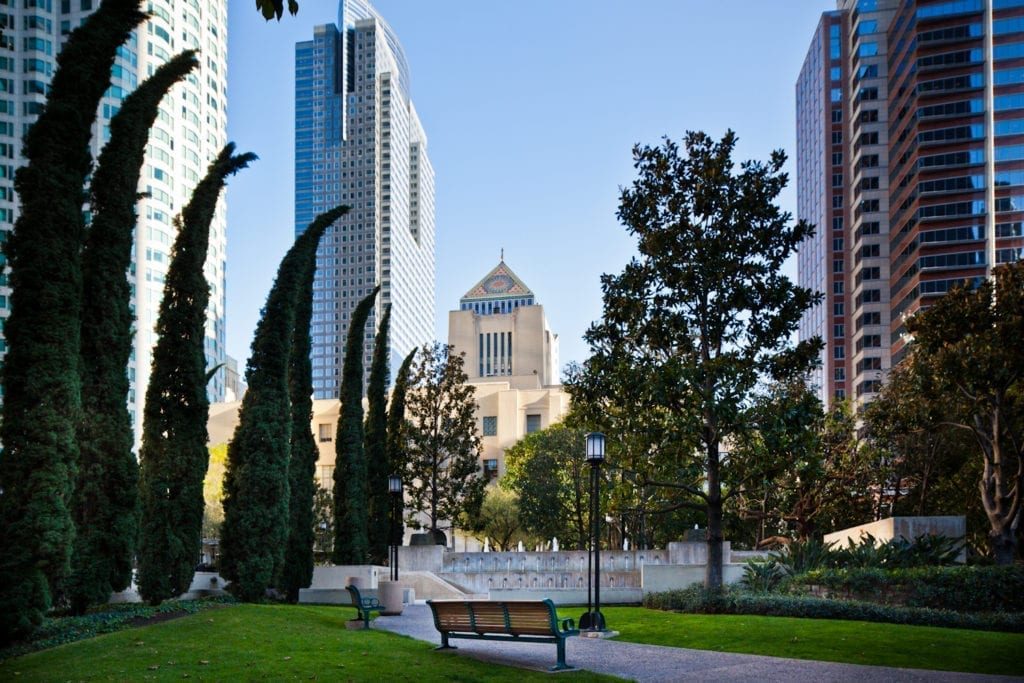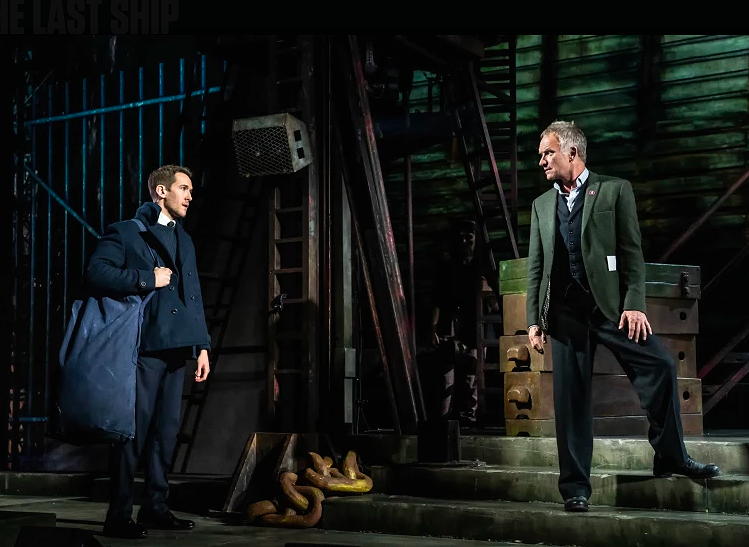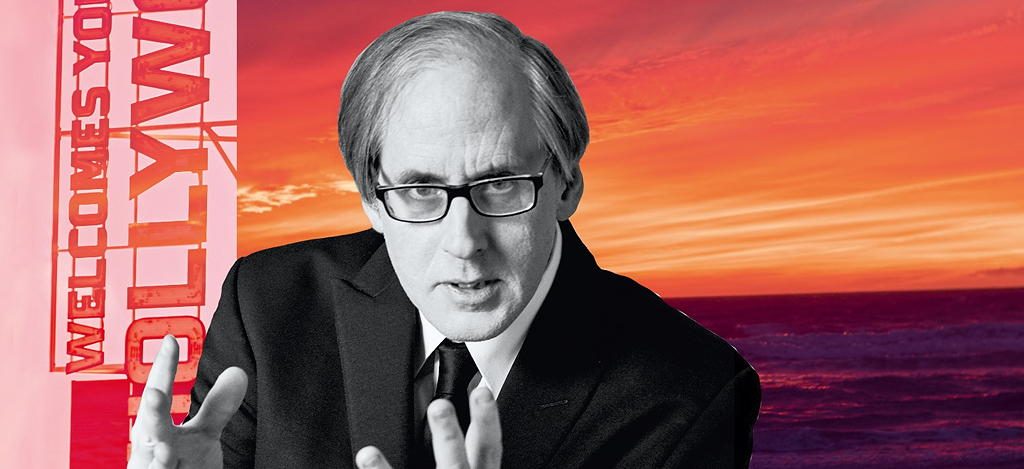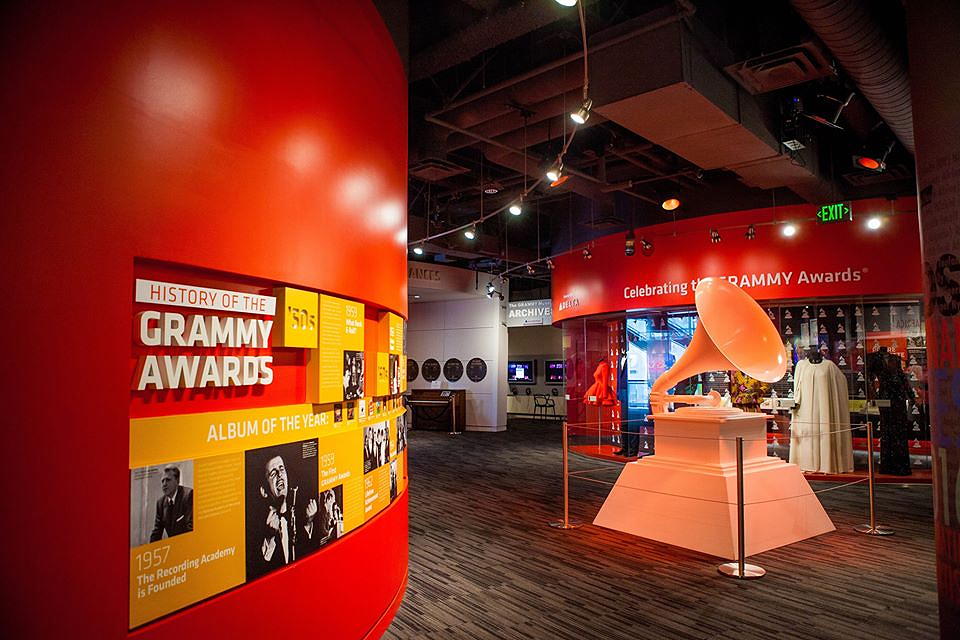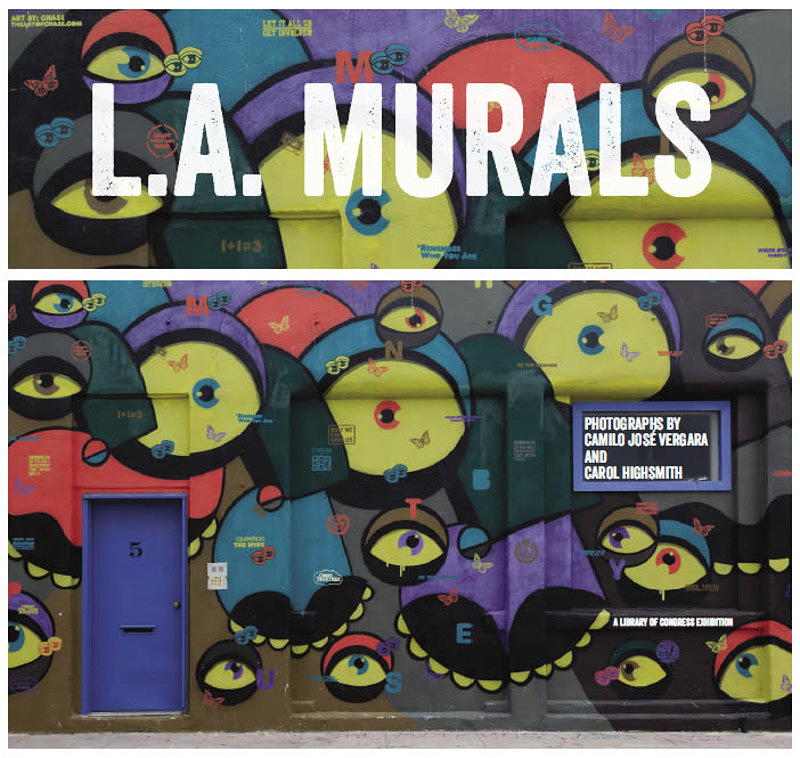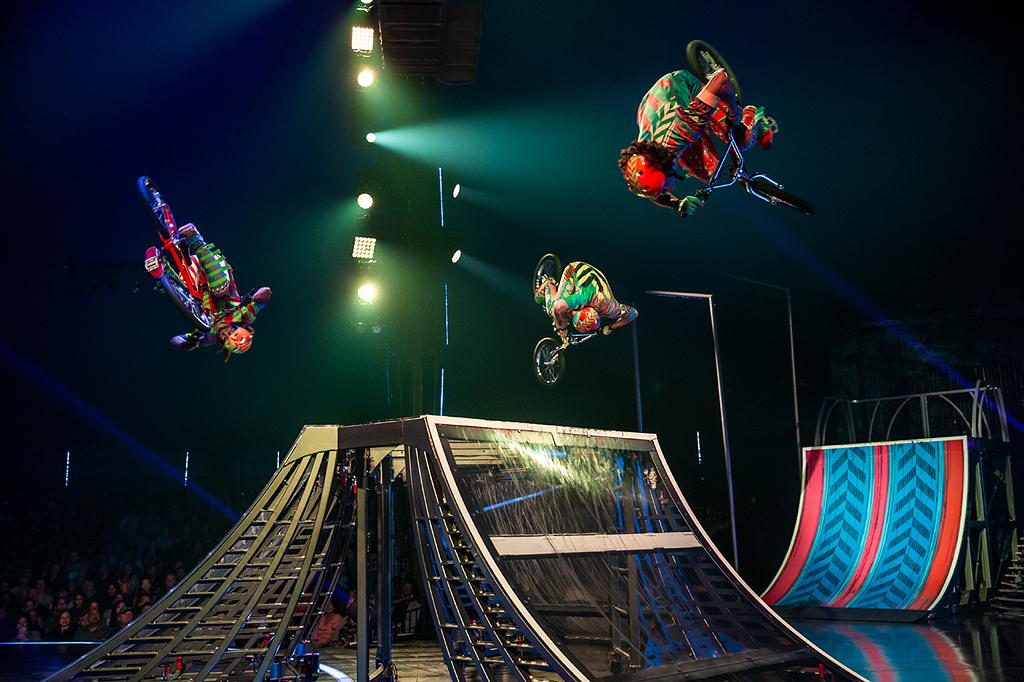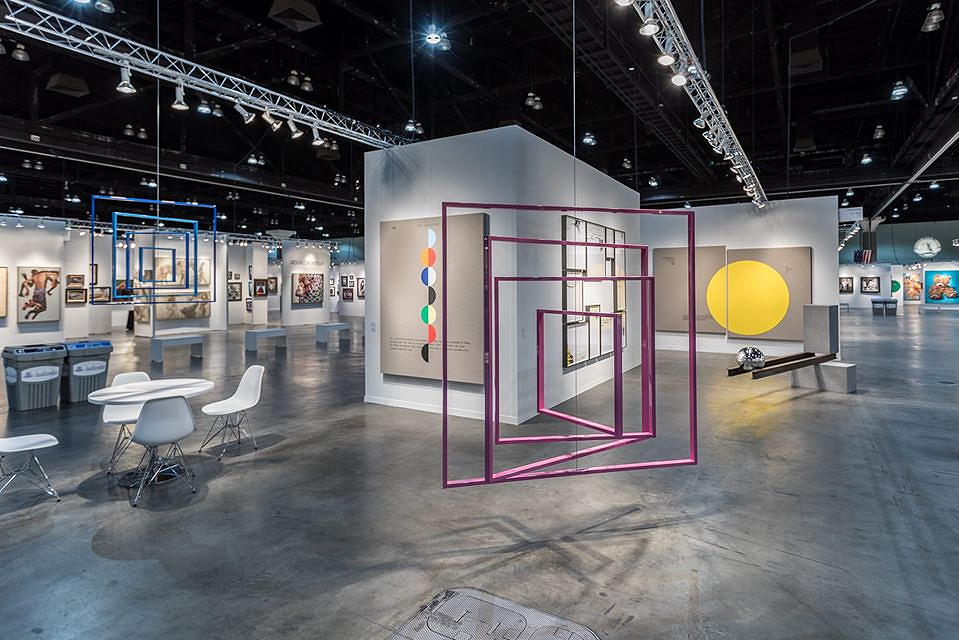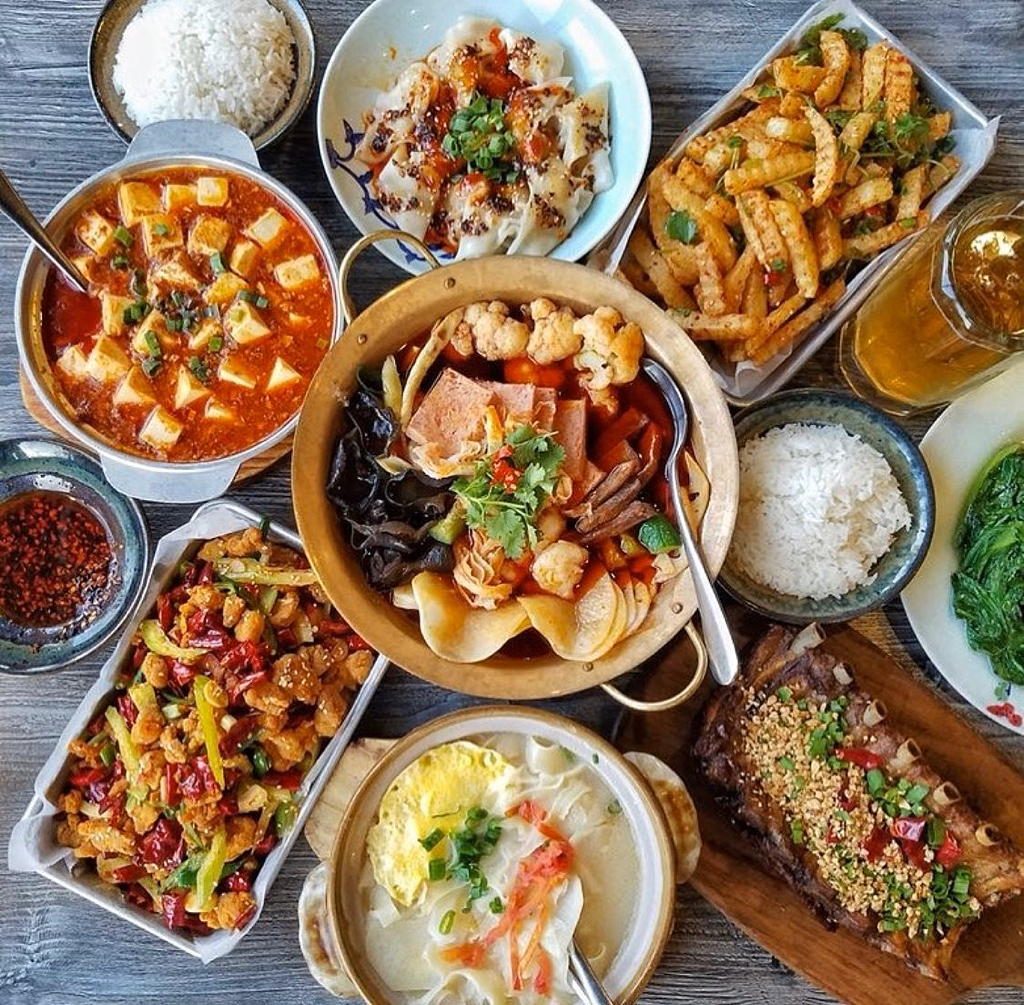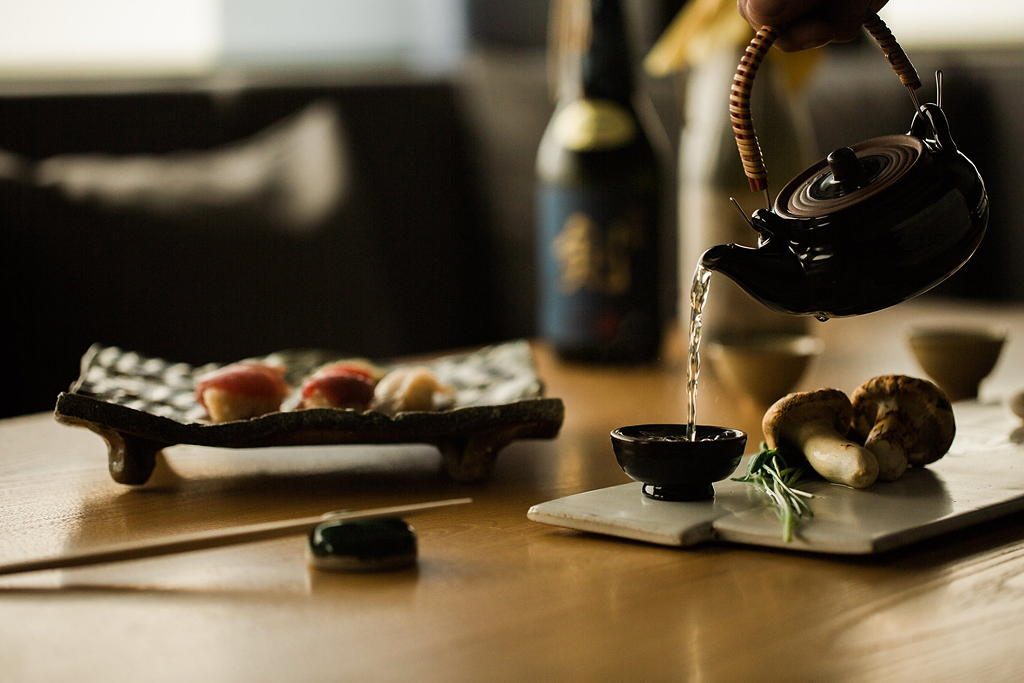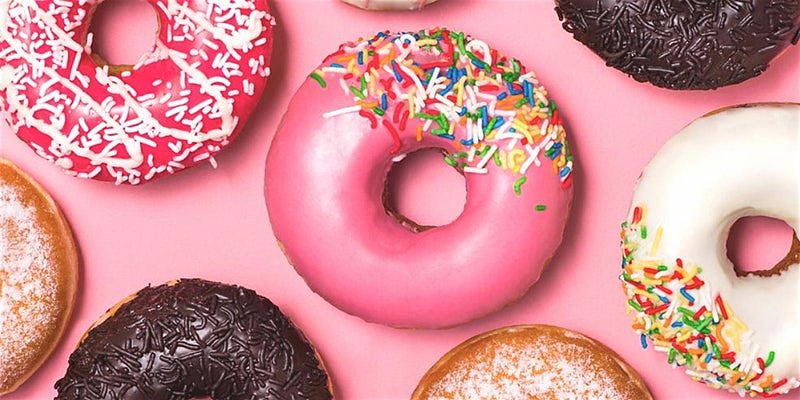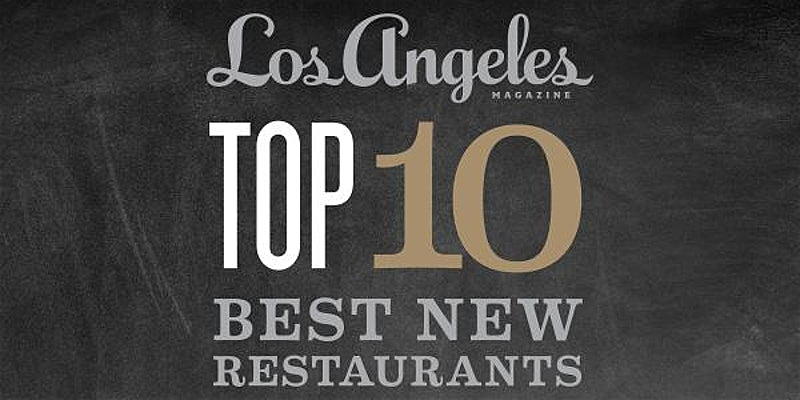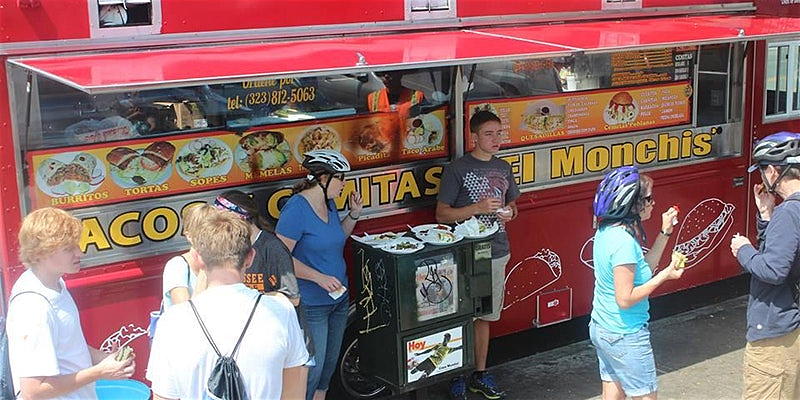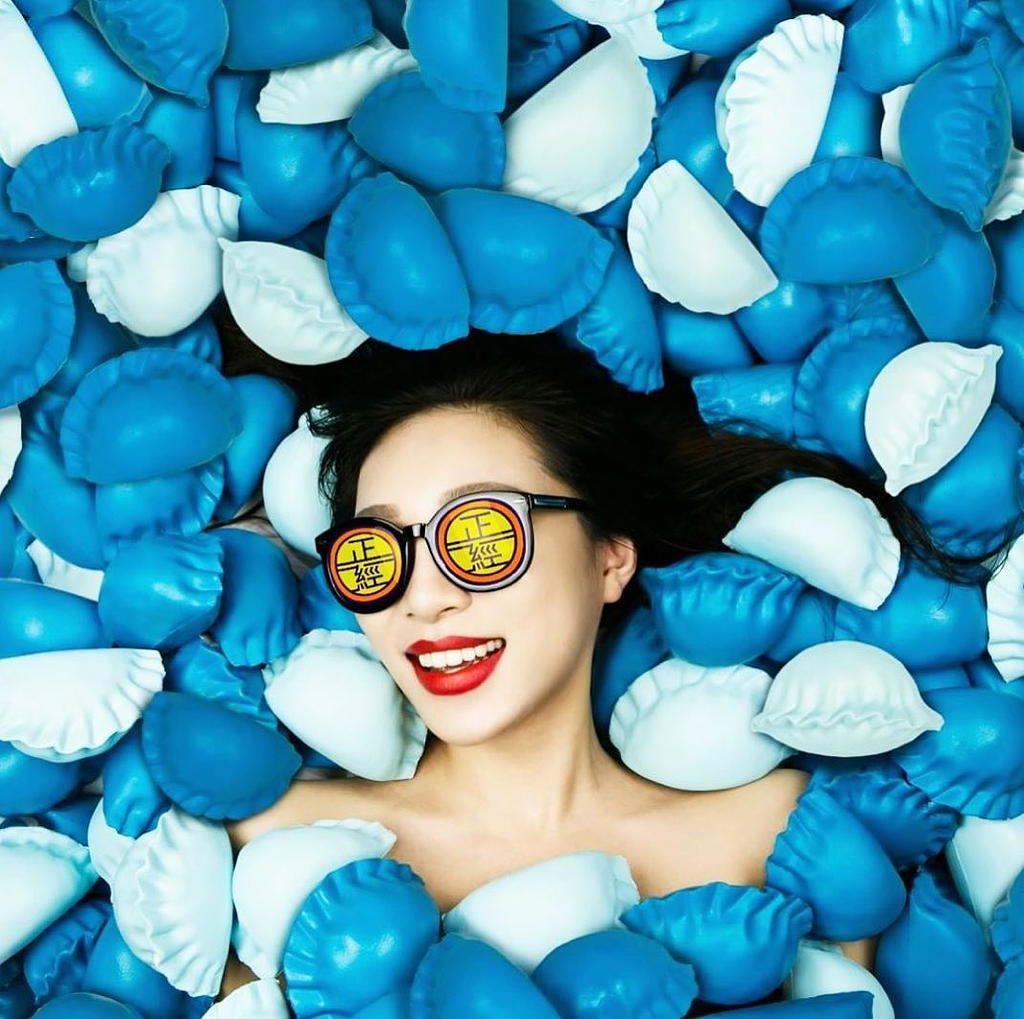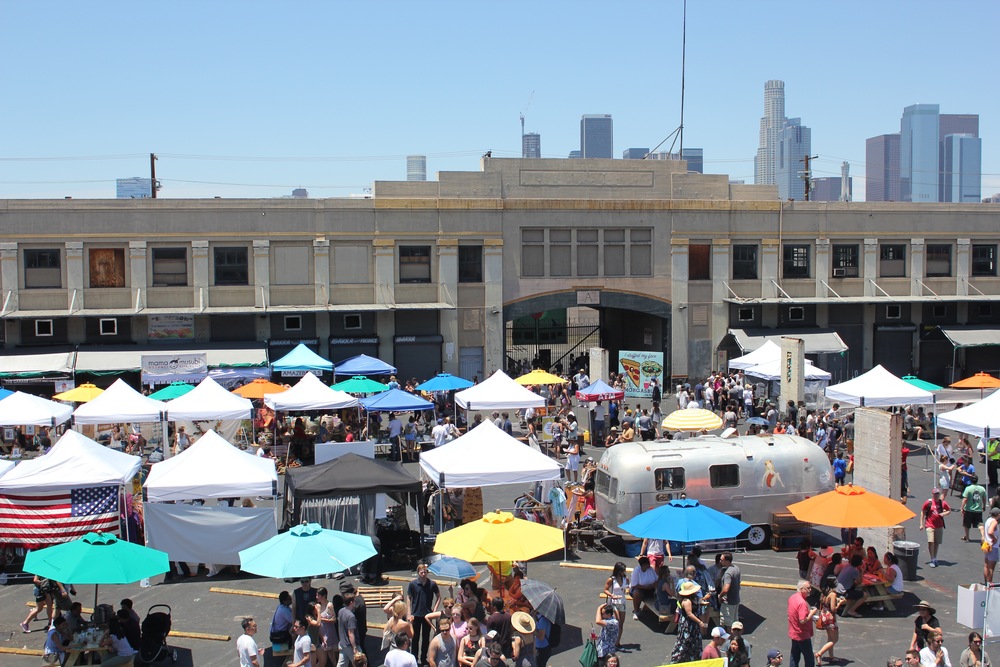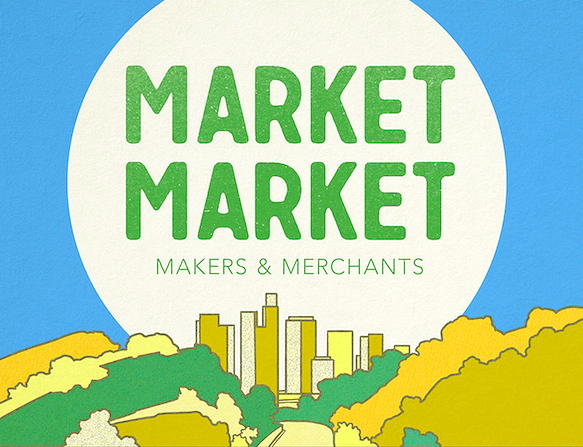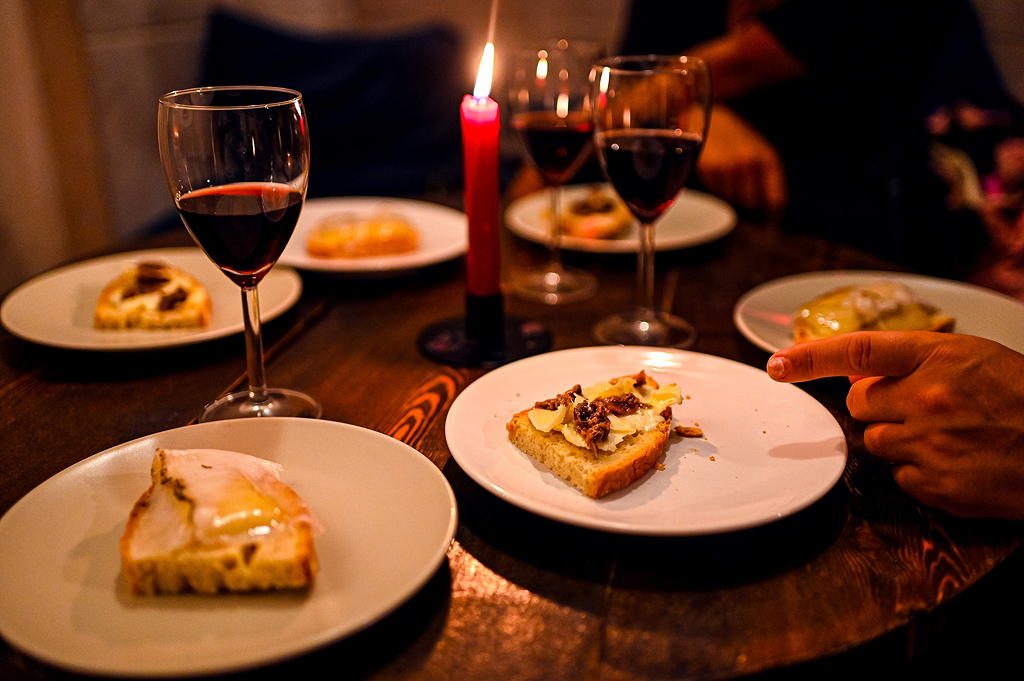Did you know that deep beneath the Los Angeles Civic Center lies a system of underground tunnels? Beginning in 1901, workers dug under the Bunker and Hill Street area to create subterranean passages to help mitigate traffic on downtown’s congested streets. Pacific Electric Red Cars had their own system of tunnels, and there were many old passages under Olvera Street and Old Chinatown, some dating to the 19th century. Smaller underground service passages were used to link various buildings around downtown. Although tunnel tours are not available at this time due to health concerns, you can still view the exteriors of some of the most notorious buildings near Circa, such as Coles, Hotel Rosslyn, and the King Eddy Saloon.
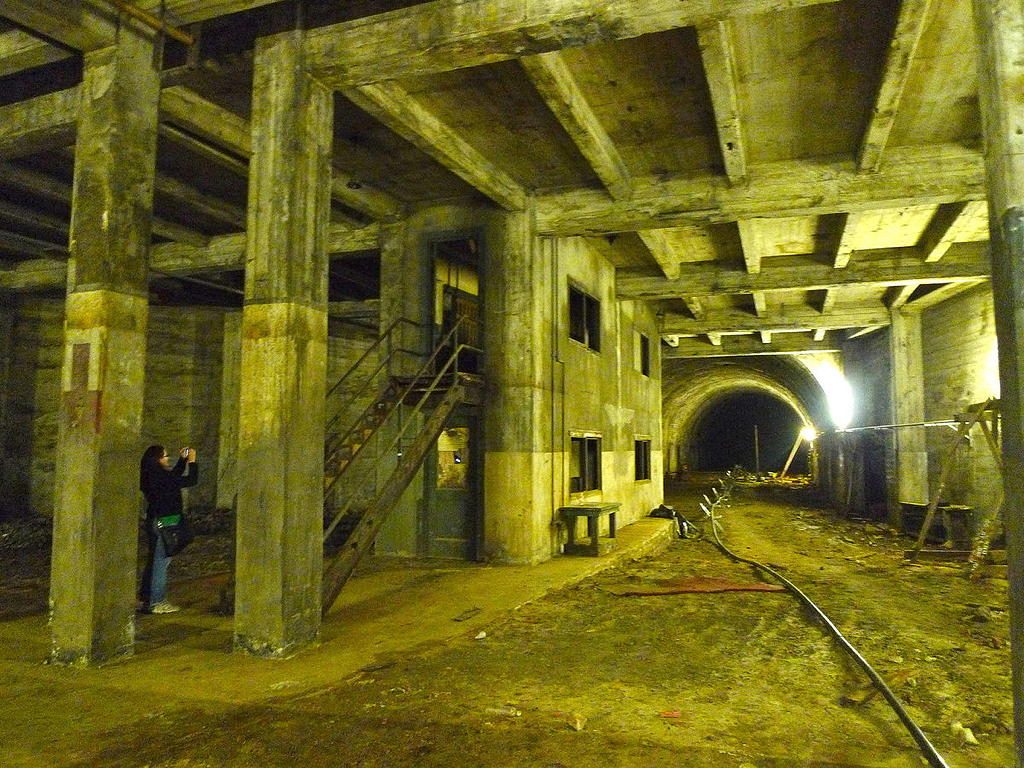
By the 1920s, many of these underground spaces fell into disuse, including Pacific Electric’s network of tunnels and old subterranean equestrian passages. During Prohibition, this underground warren was commandeered by opportunistic bootleggers. In addition, some 11 miles of service tunnels became passageways to basement speakeasies with innocent-looking store fronts above ground. The Hotel Rosslyn had a basement bar and a marble-lined tunnel beneath 5th Street so that customers could discreetly come and go.
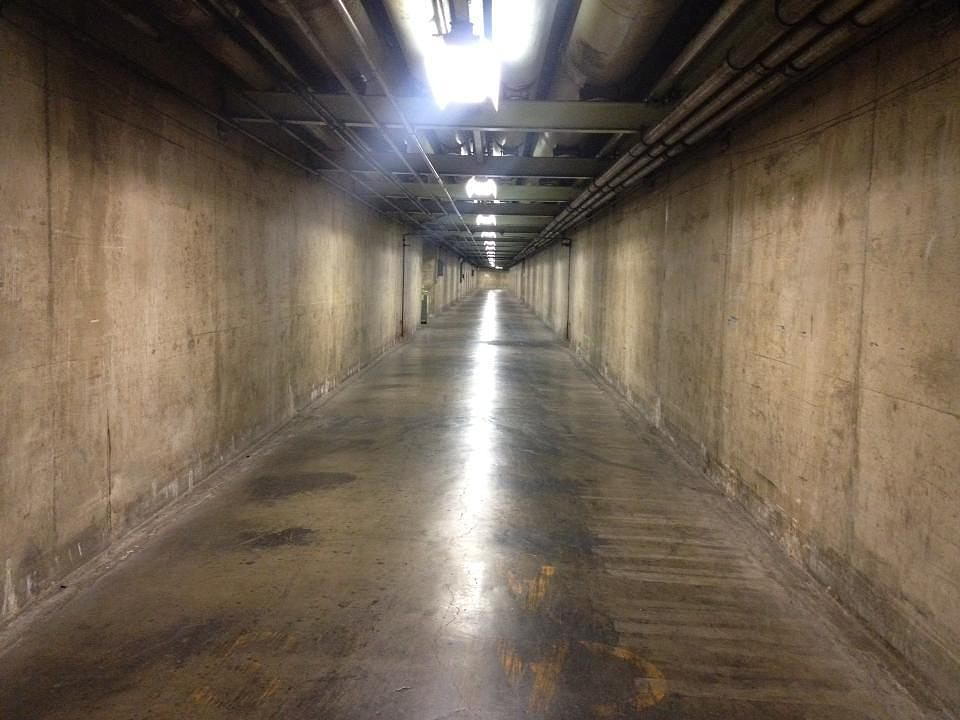
The tunnels that currently run under the Hall of Records and Hall of Administration were often used to run booze, and also kept captured bootleggers and gangsters away from the eyes and cameras of the photographers up top. It was rumored that the tunnels were even used by coroners and mobsters to store bodies.
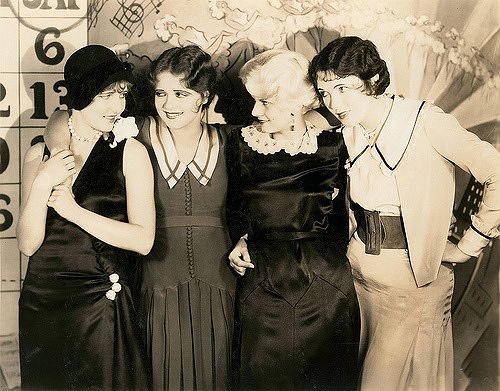
With nowhere to go for a drink in public, people turned to speakeasies to get their buzz. Some of DTLA’s oldest bars, including the King Eddy Saloon and Cole’s the Original French Dip, had their day of infamy as speakeasies and havens for mobsters. Most speakeasies required a secret code in order to enter. A word was whispered through a small slit in a wooden door in a shady back alley, allowing the patrons inside.
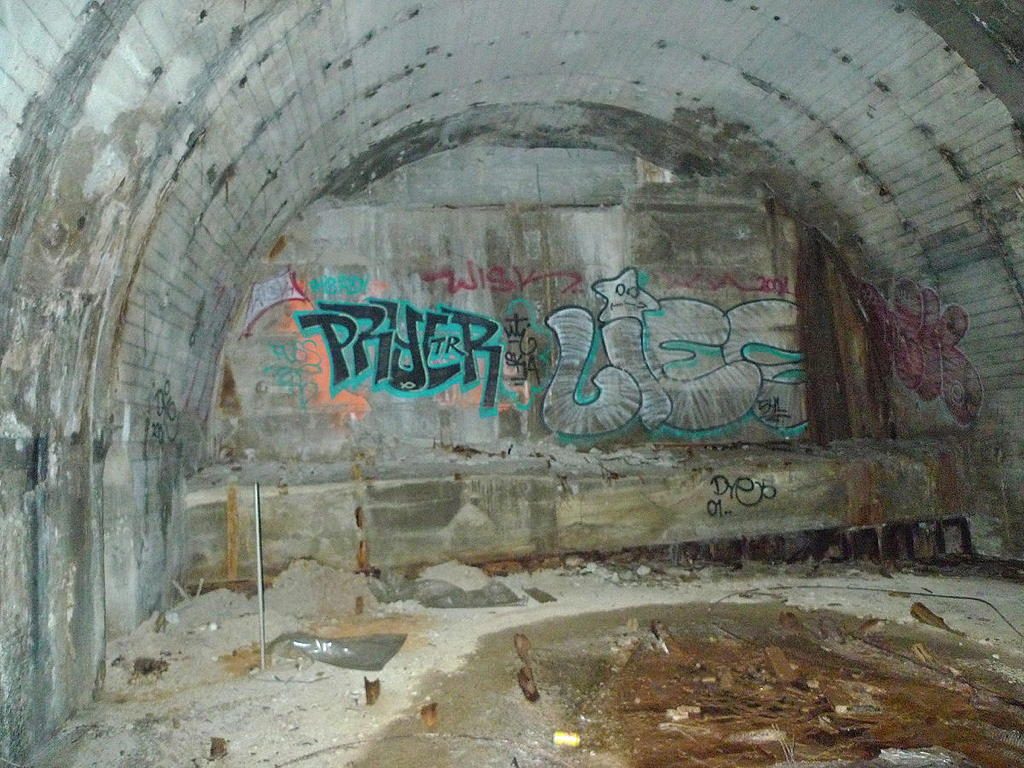
The corruption went beyond mere mobsters, all the way to City Hall, where Mayor Cryer’s office ran the supply of hootch. Local politicians, the LAPD, and their cronies were all complicit in the bootleg trade. Things escalated during the 1925 mayor election, which pitted the incumbent Cryer against a candidate favored by Harry Chandler, publisher of the Los Angeles Times. Cryer won the election, which triggered a series of exposes from the Los Angeles Times on the inner workings of “the City Hall Gang.” Prohibition lost its popularity and was repealed in 1933. The remaining bootleggers and gamblers in Los Angeles left for Las Vegas, where they became the city’s “founding fathers.”
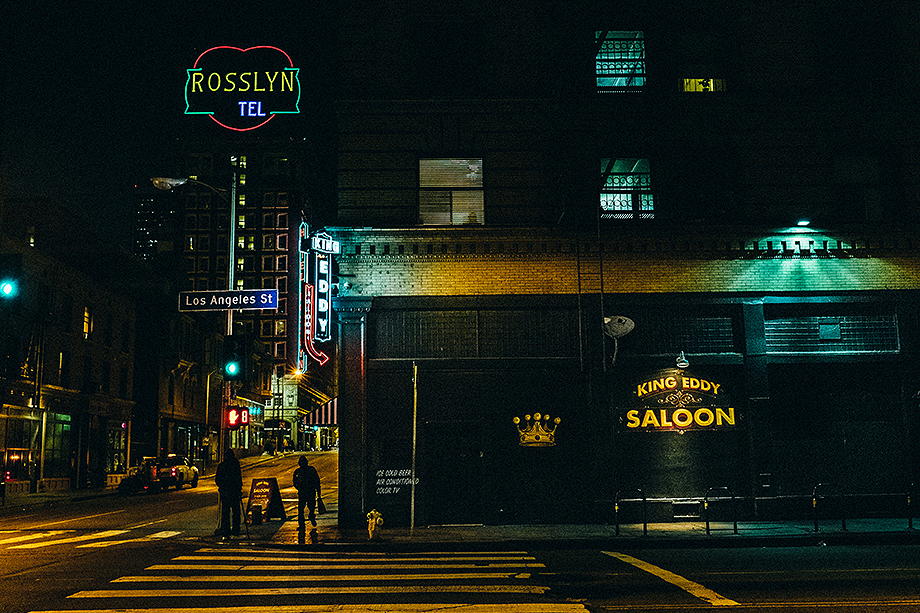
King Eddy Saloon 131 E 5th St. Los Angeles, CA 90013
Known as one of downtown LA’s legendary dive bars, The King Eddy opened as the high-class King Edward Hotel in 1906. During Prohibition, The King Eddy opened a speakeasy in its basement, while operating the upstairs as a piano store front on the street. Luckily, local officials took no issue with The King Eddy’s sudden interest in music, and the speakeasy business took off. Today, the basement still remains part of the old bootlegger tunnel system, littered with crumbling brick lines and graffiti murals.
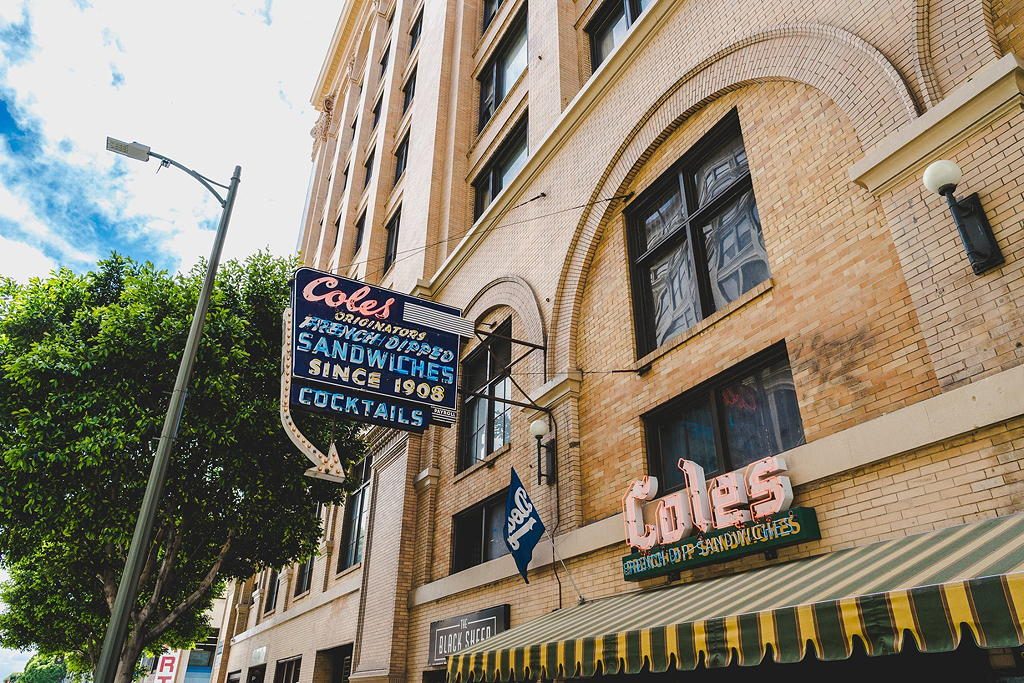
Cole’s French Dip 118 E 6th St. Los Angeles, CA 90014
Cole’s, Originator of the French Dip Sandwich, opened in 1908 on the bottom floor of the 10-story Pacific Electric building, which was LA’s tallest skyscraper in the early 1900s and for years the terminus for the Red Car trolley line. During Prohibition, Cole’s was a favorite hangout for gangsters like Mickey Cohen (If you were a regular customer, your “coffee” came with a little something extra!). The late Jimmy Barela, who tended bar at Cole’s for 56 years, substituted bitters (at 3 cents a shot) and “near beer” (at a dime a glass) for the real stuff. Founder Henry Cole also operated Los Angeles’s first check cashing service from the restaurant. Cole was later arrested in 1942 by the Federal Government for fraud.

The Edison 108 W 2nd St. Los Angeles, CA 90012
The Edison is located in the sub-basement of the historic Higgins Building, the site of a revolutionary private power plant designed to signal a new future for Downtown Los Angeles. After spending many years neglected and underwater, the building was finally rescued by entrepreneurs Andrew Meieran and Marc Smith, who opened The Edison in 2007, a post-industrial steampunk-styled nightclub in the building’s basement.Today the space retains many of the power plant’s architectural and mechanical artifacts which are incorporated in The Edison’s interior design.
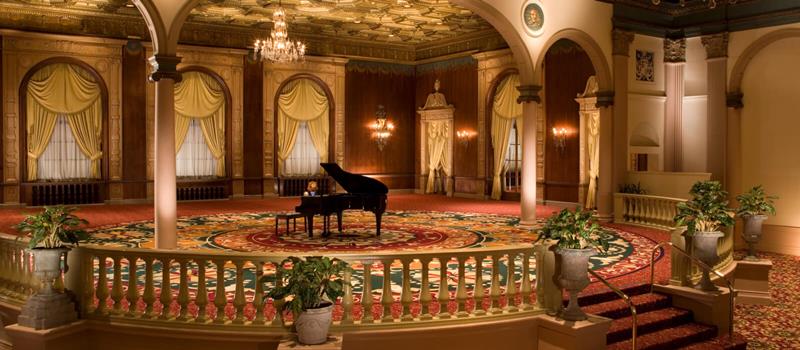
The Millennium Biltmore Hotel 506 S Grand Ave. Los Angeles, CA 90071
During the Prohibition era, The Millennium Biltmore Hotel’s famous Gold Room served as a speakeasy and nightclub, complete with a hidden door to help revelers avoid police and paparazzi with an escape onto Olive Street. The door is still there, connecting to a room that has a wooden counter top, coat hooks and bathroom. Although the exit to Olive St. has been sealed in brick, you can still see a small “paparazzi window” in the corner of the ballroom ceiling.
Sources: KCET and Atlas Obscura
Photo credits:
Photo #1: Cole’s French Dip
Photo #2: Atlas Obscura/Alyssa Walker
Photo #3: Atlas Obscura
Photo #4: The Edison
Photo #5: Atlas Obscura/Alyssa Walker
Photo #6: King Eddy Saloon/LA Downtowner
Photo #7: Coles French Dip
Photo #8: The Edison
Photo #9: The Millennium Biltmore Hotel
